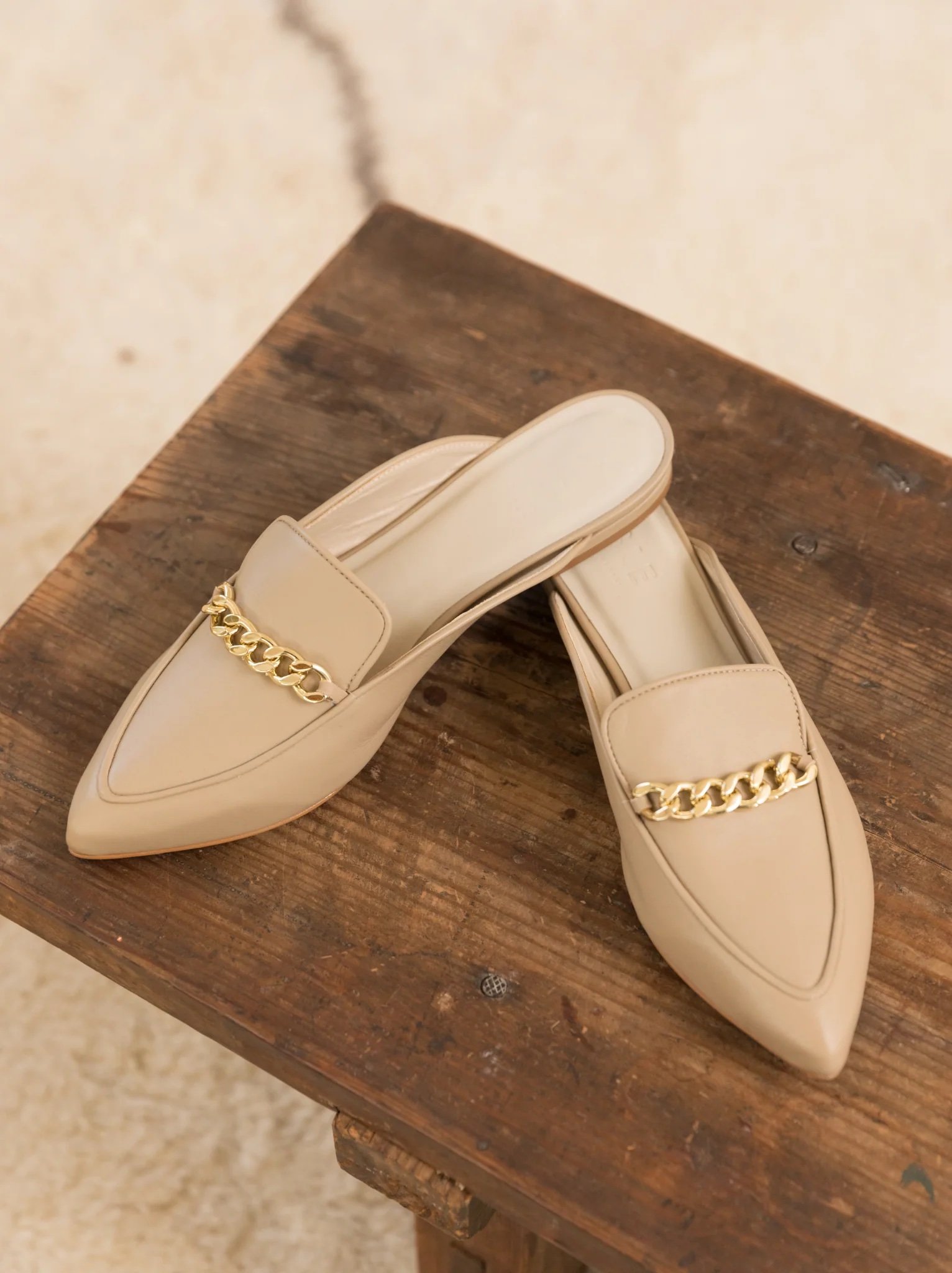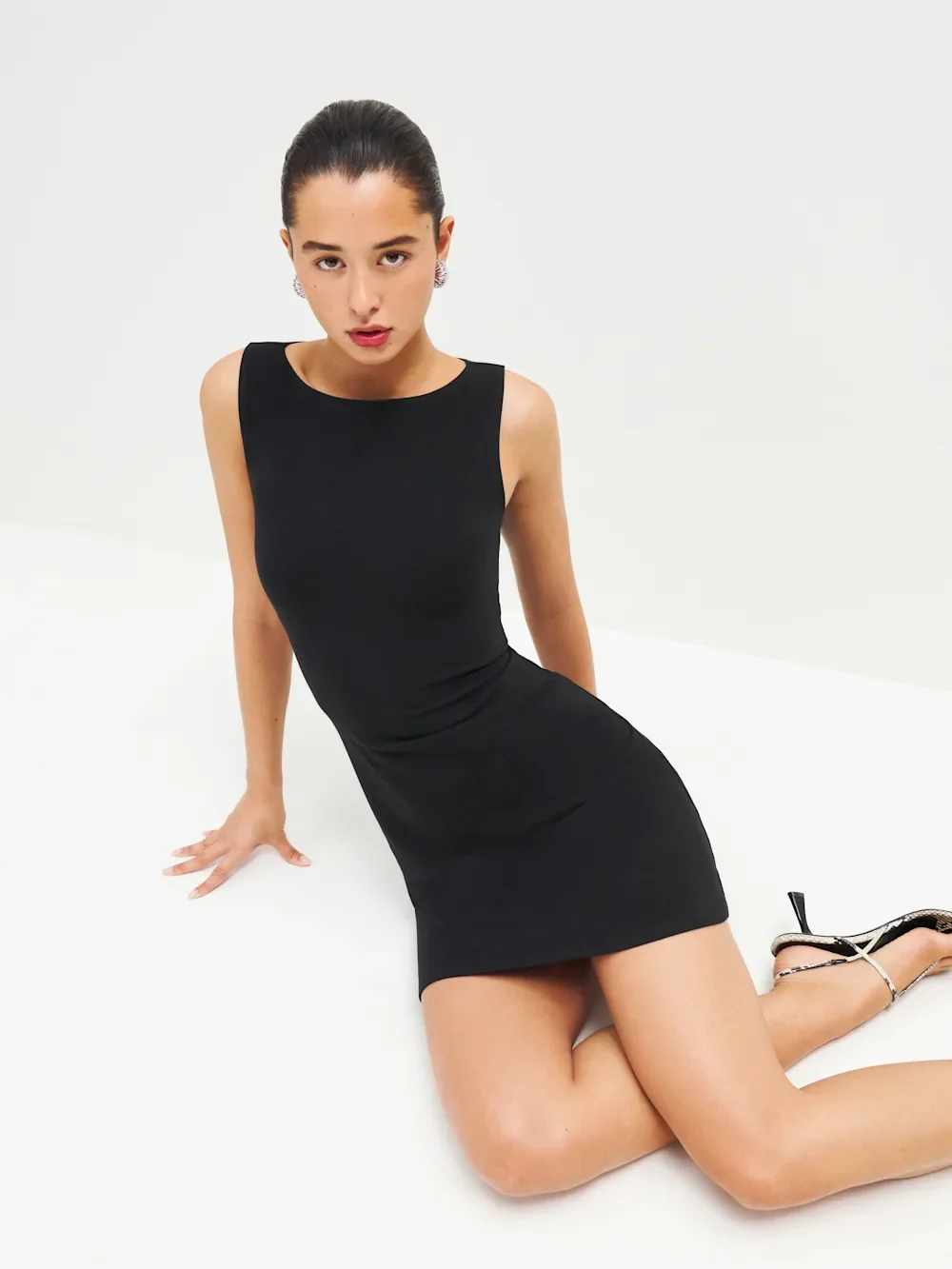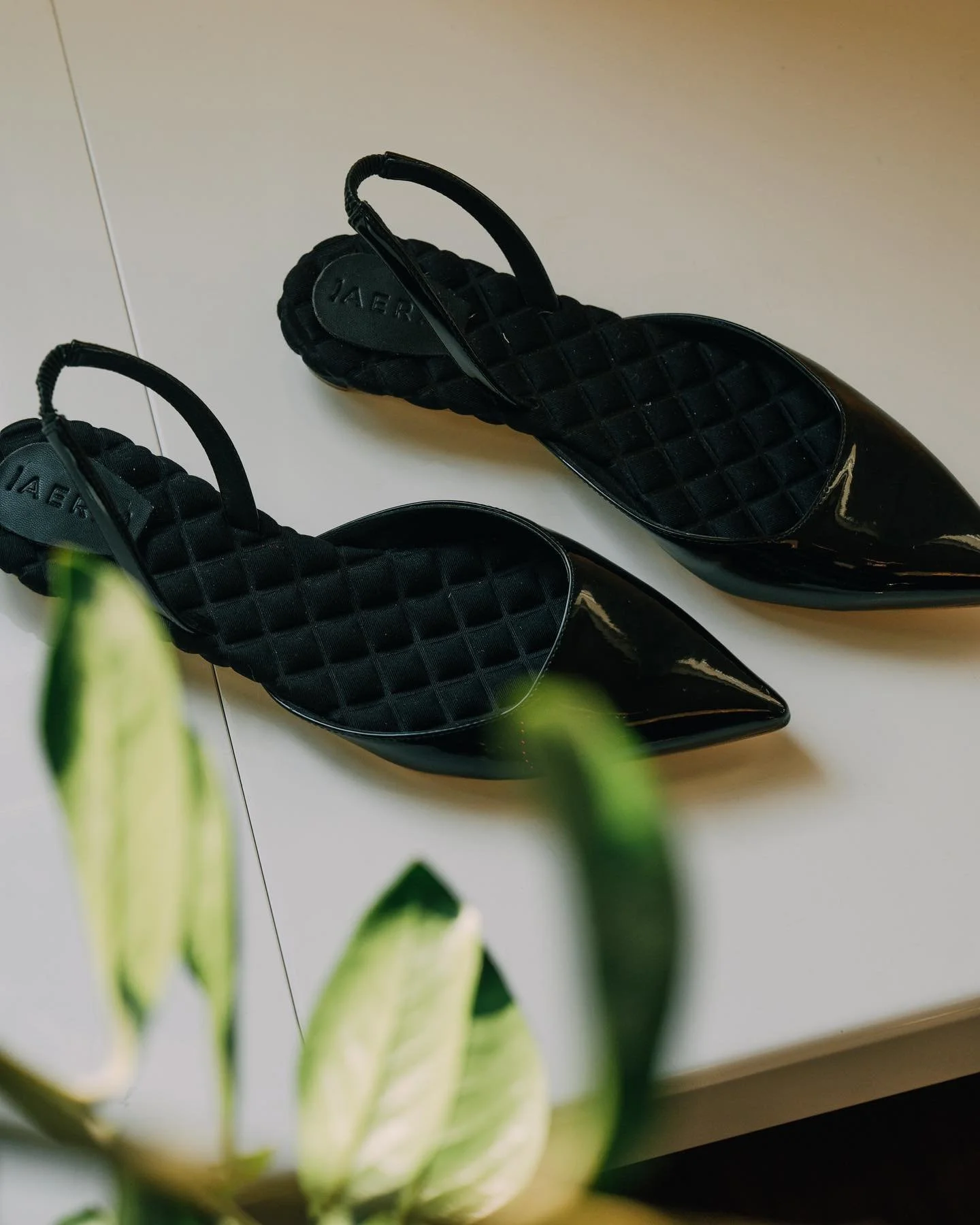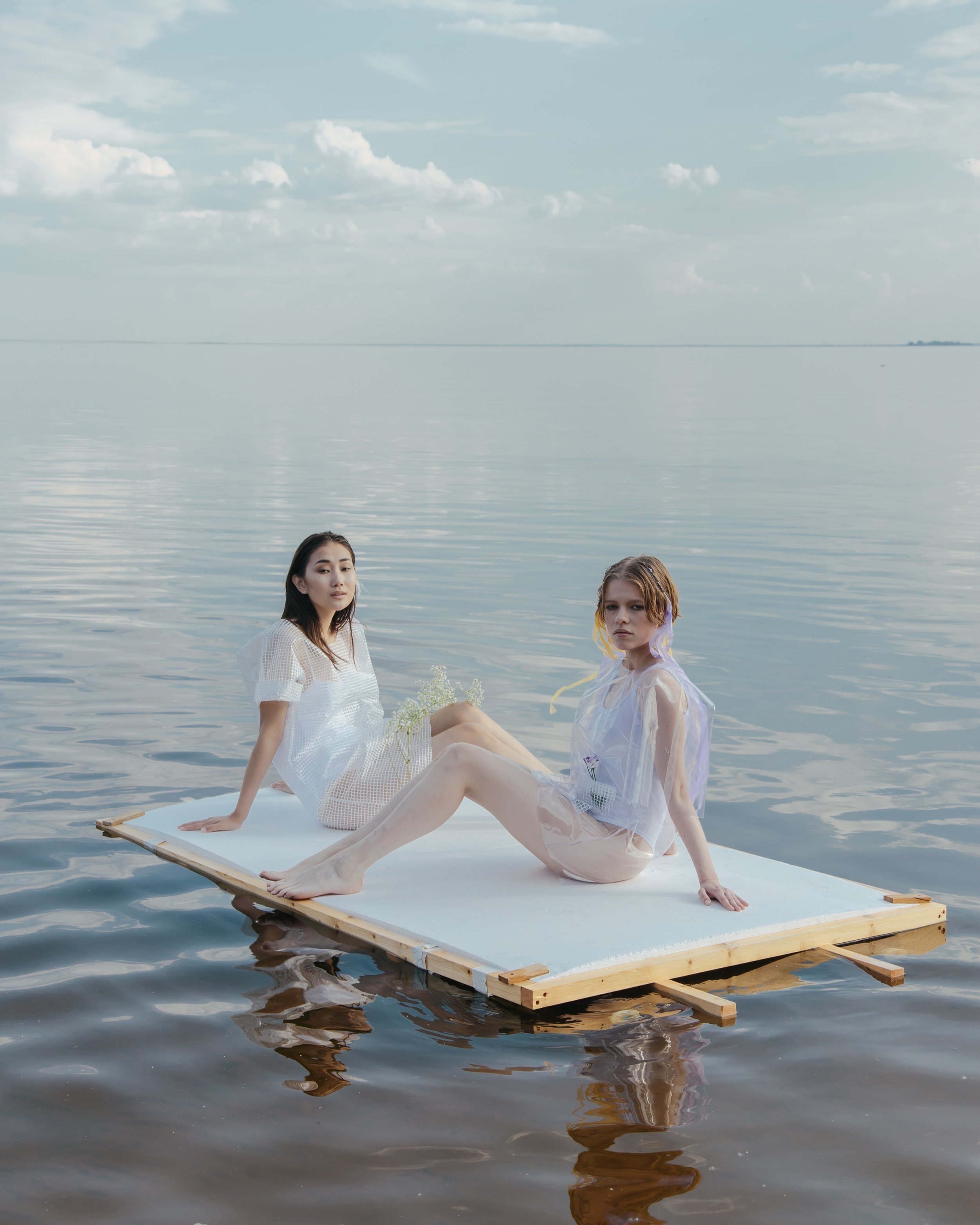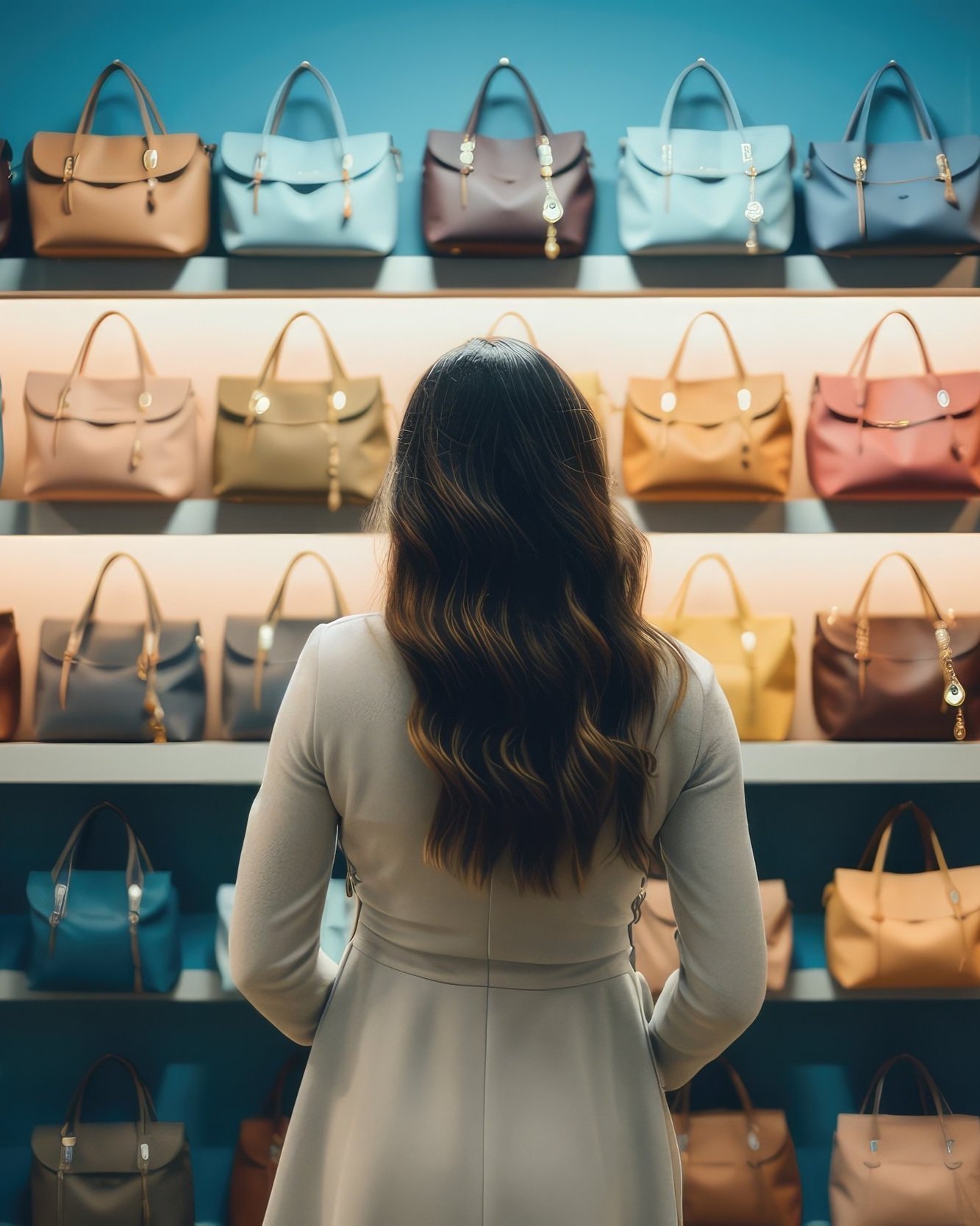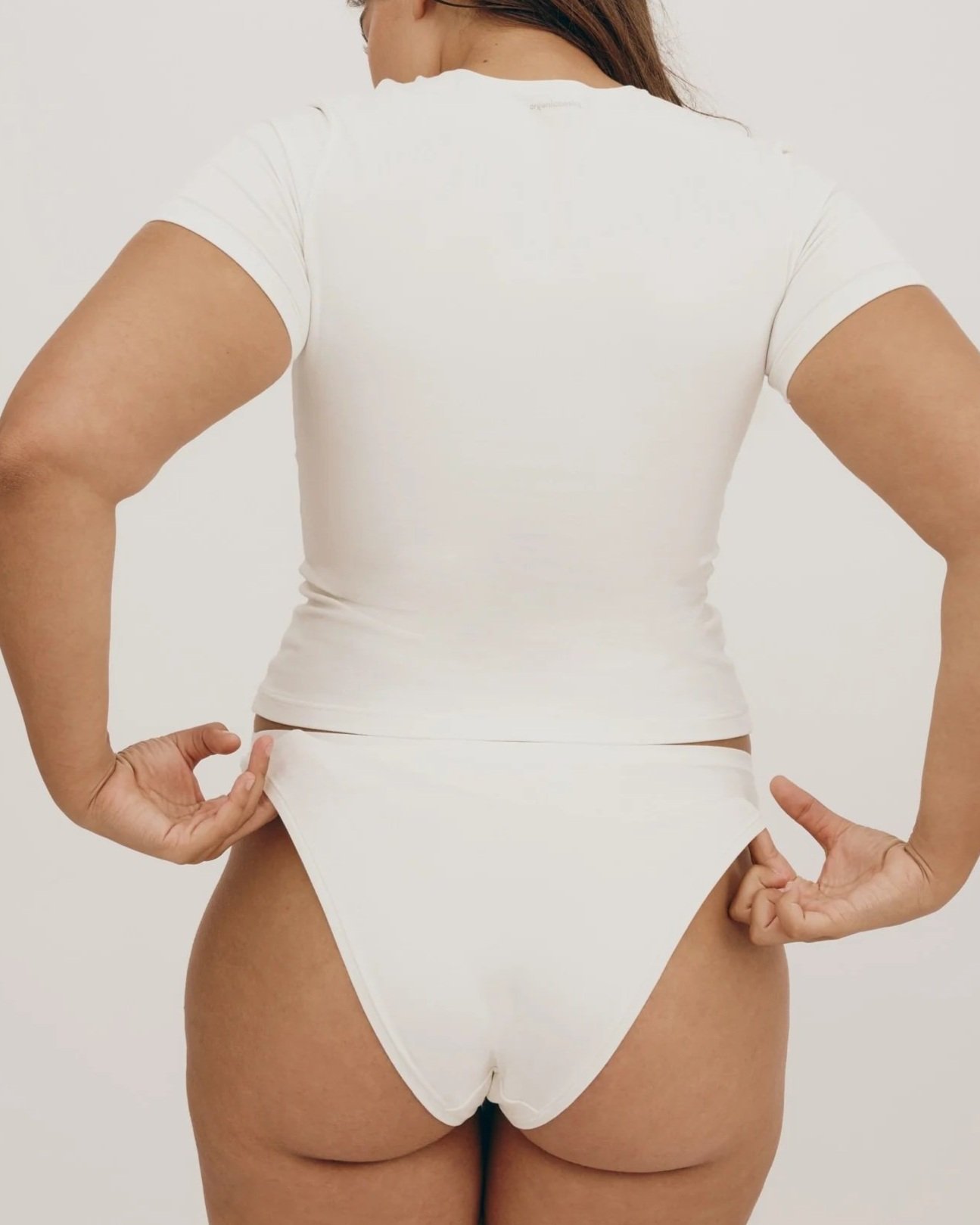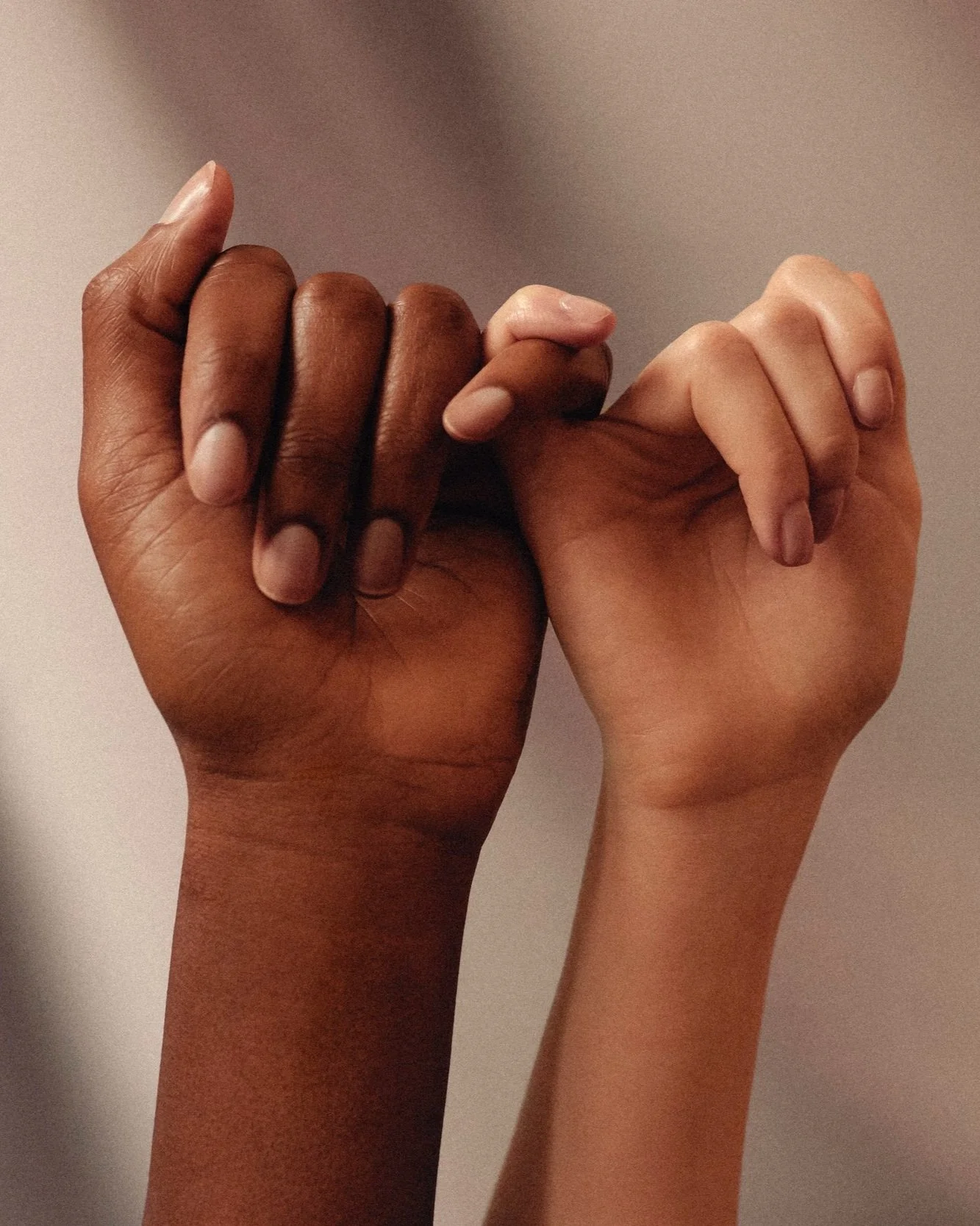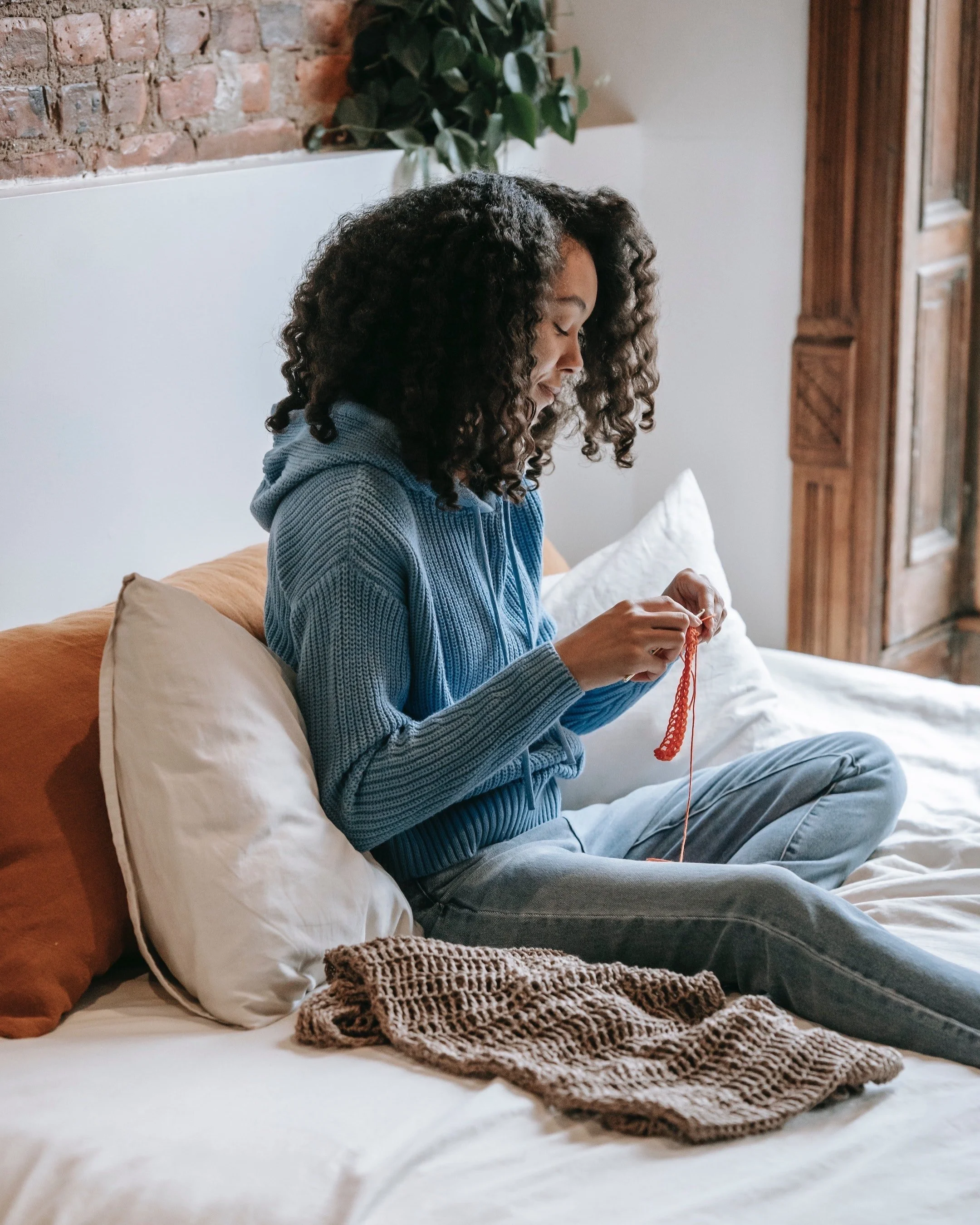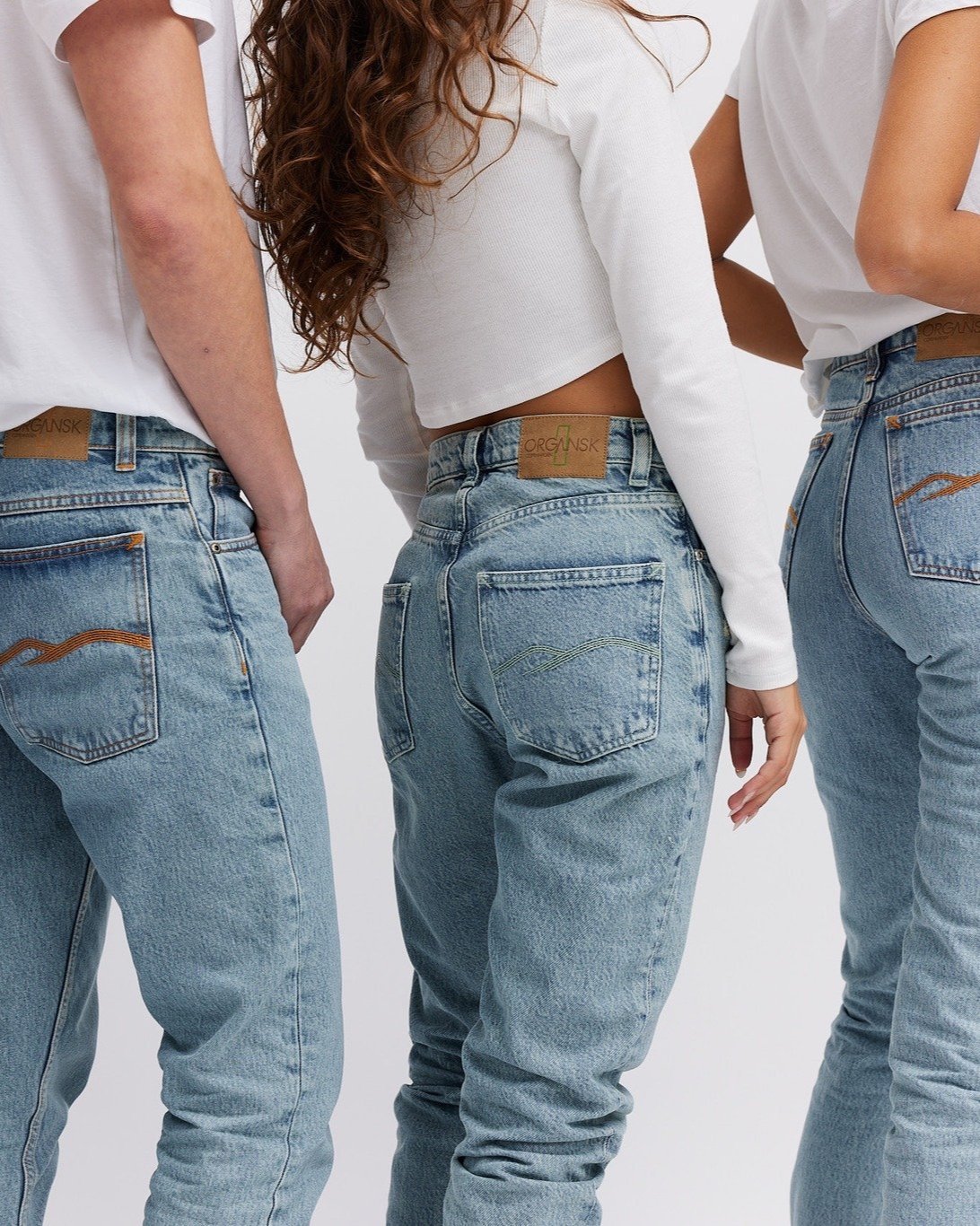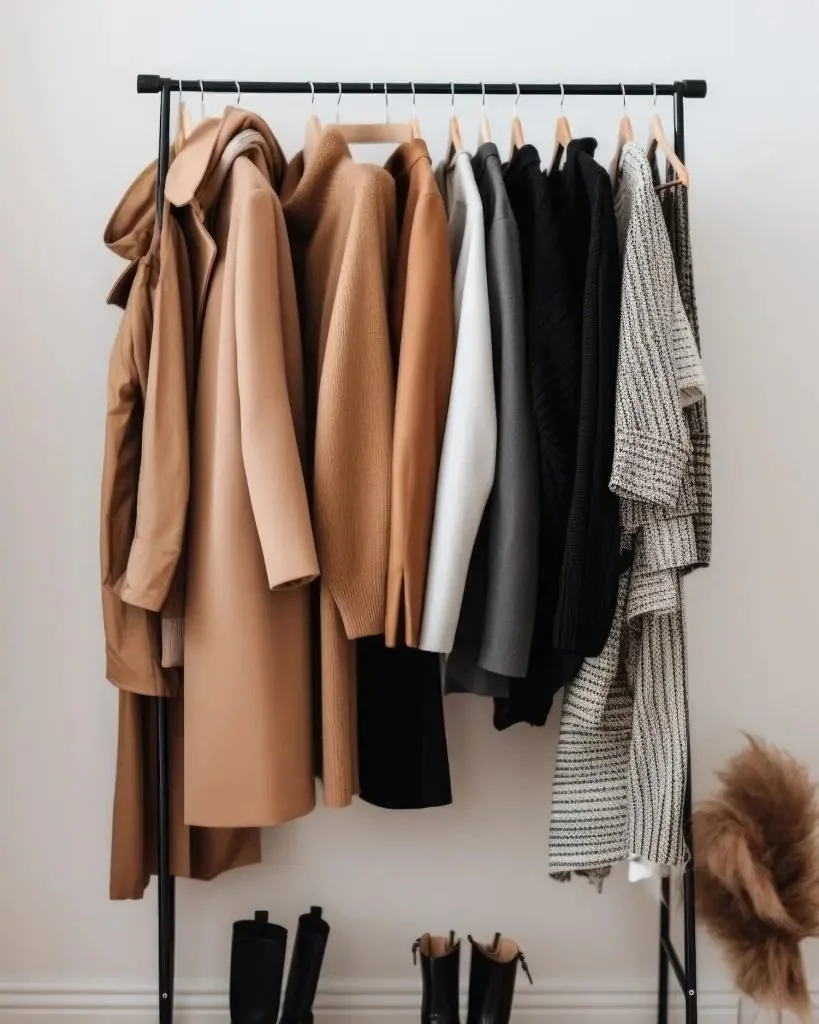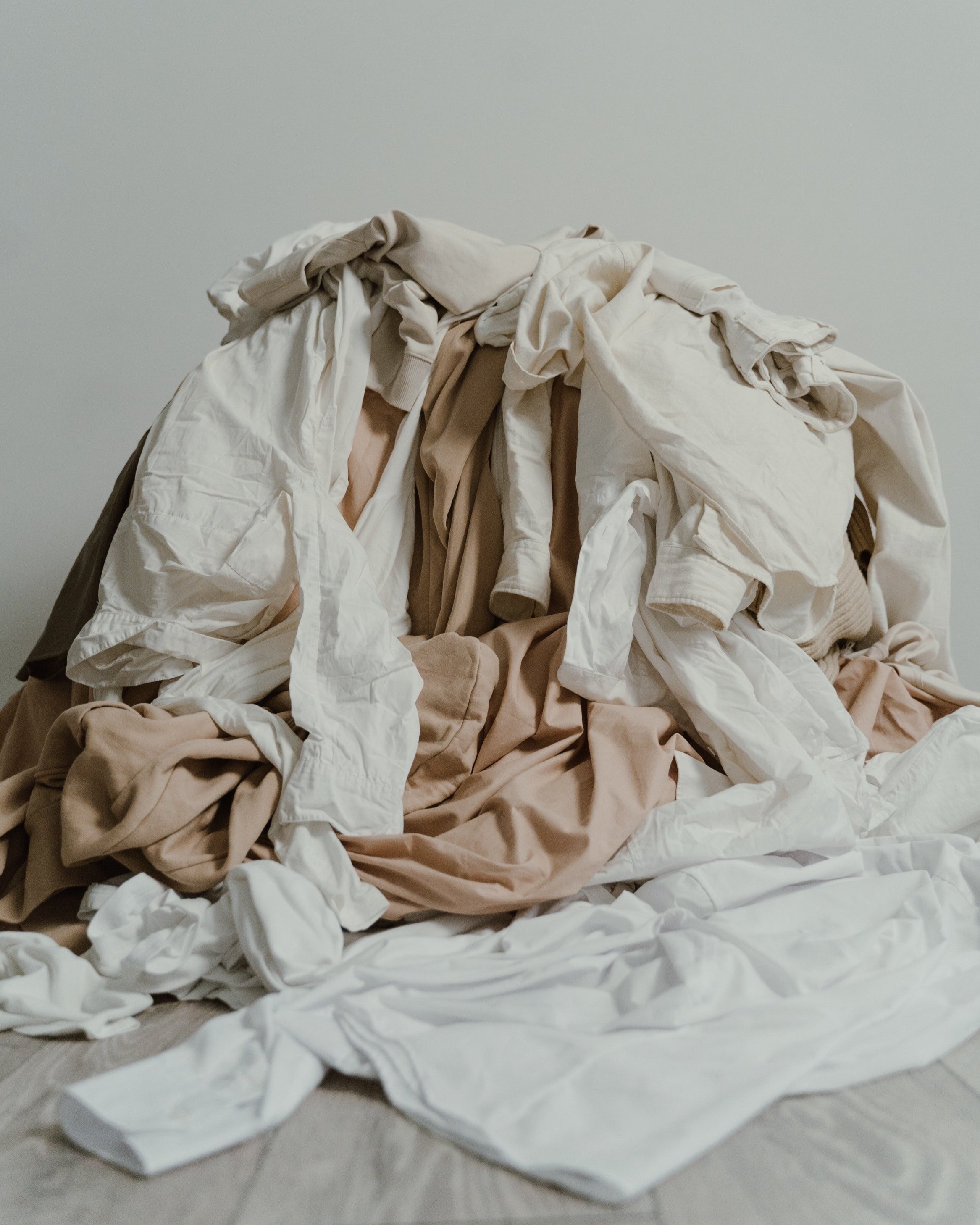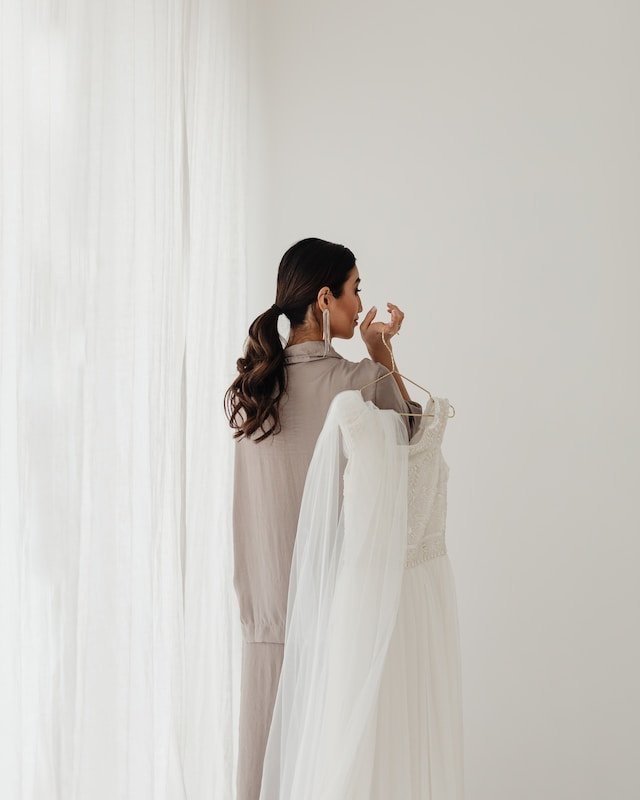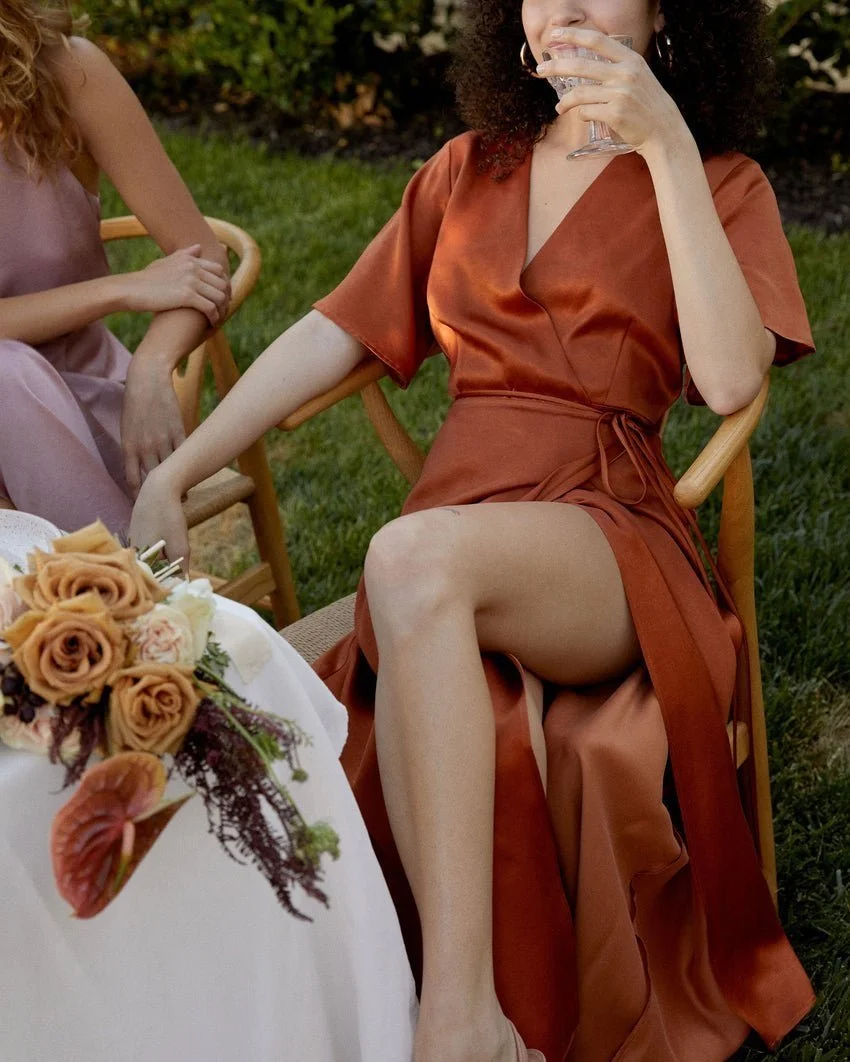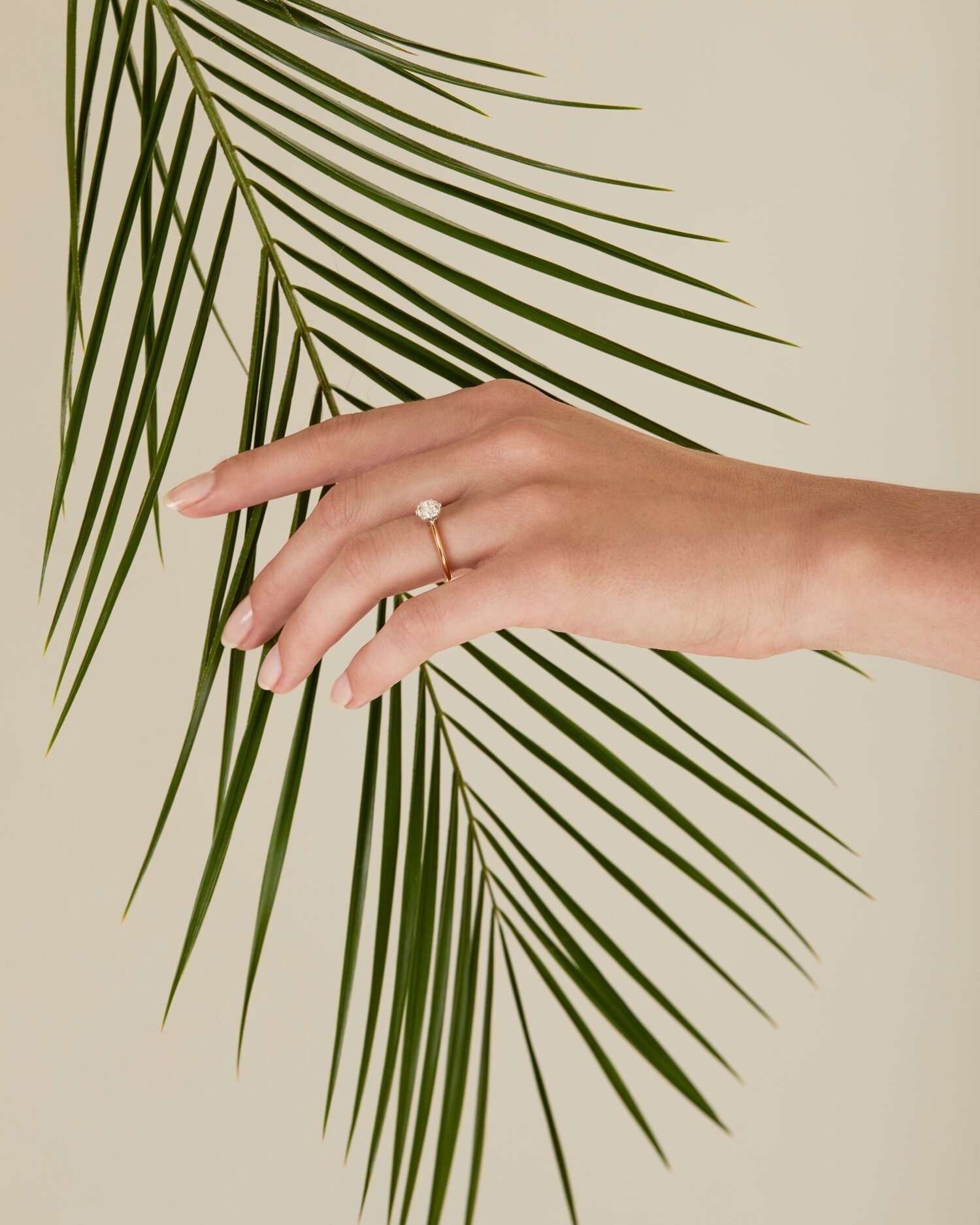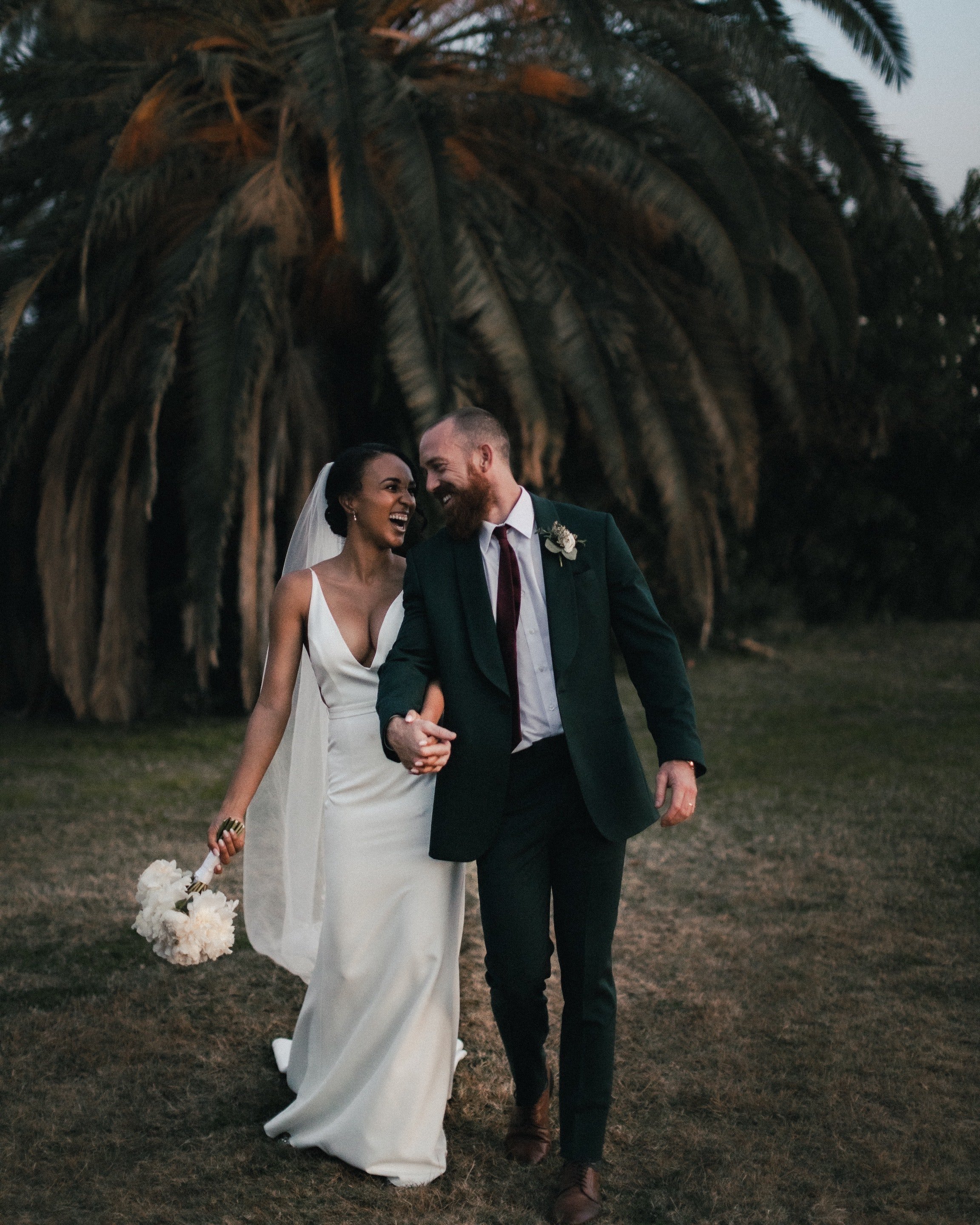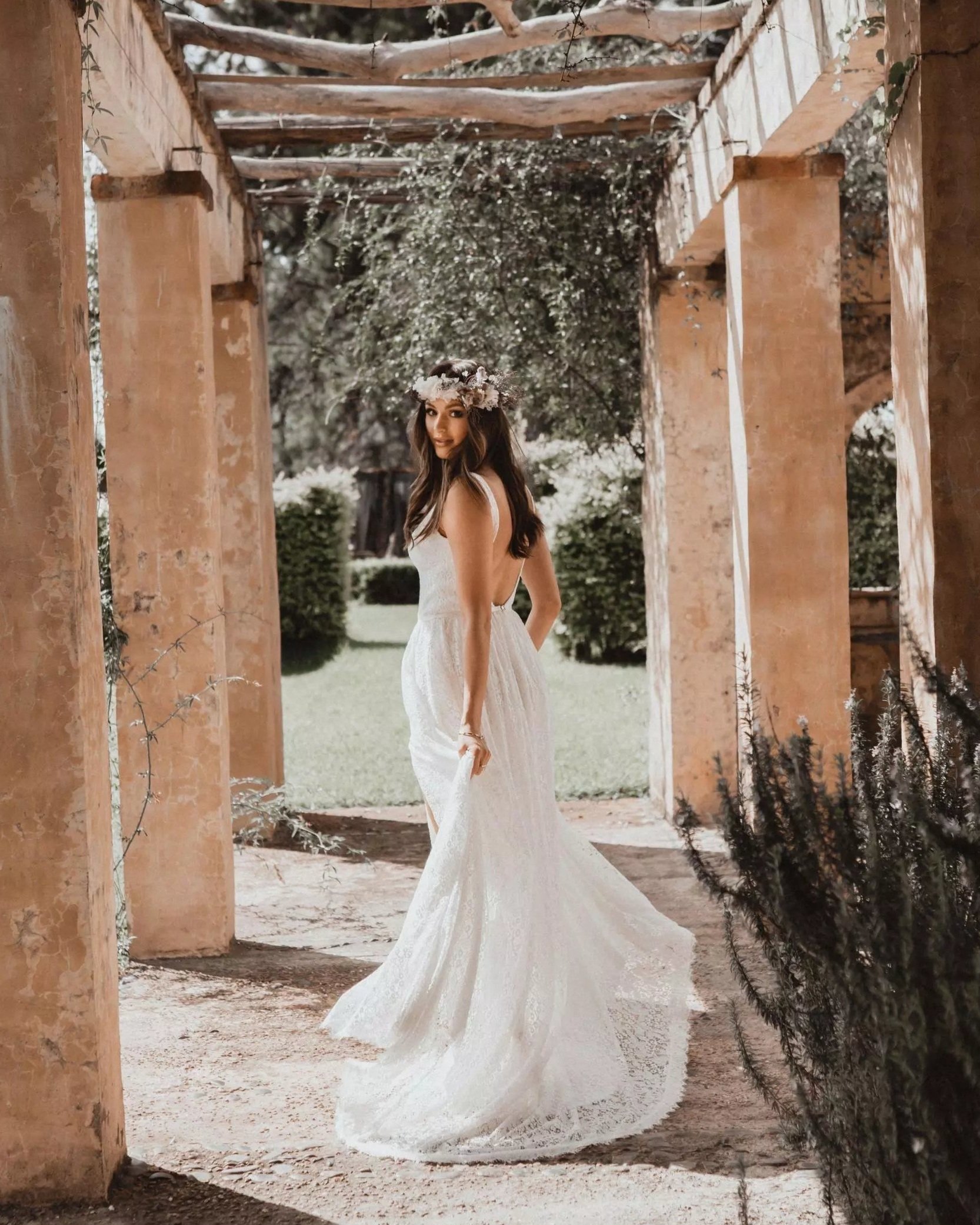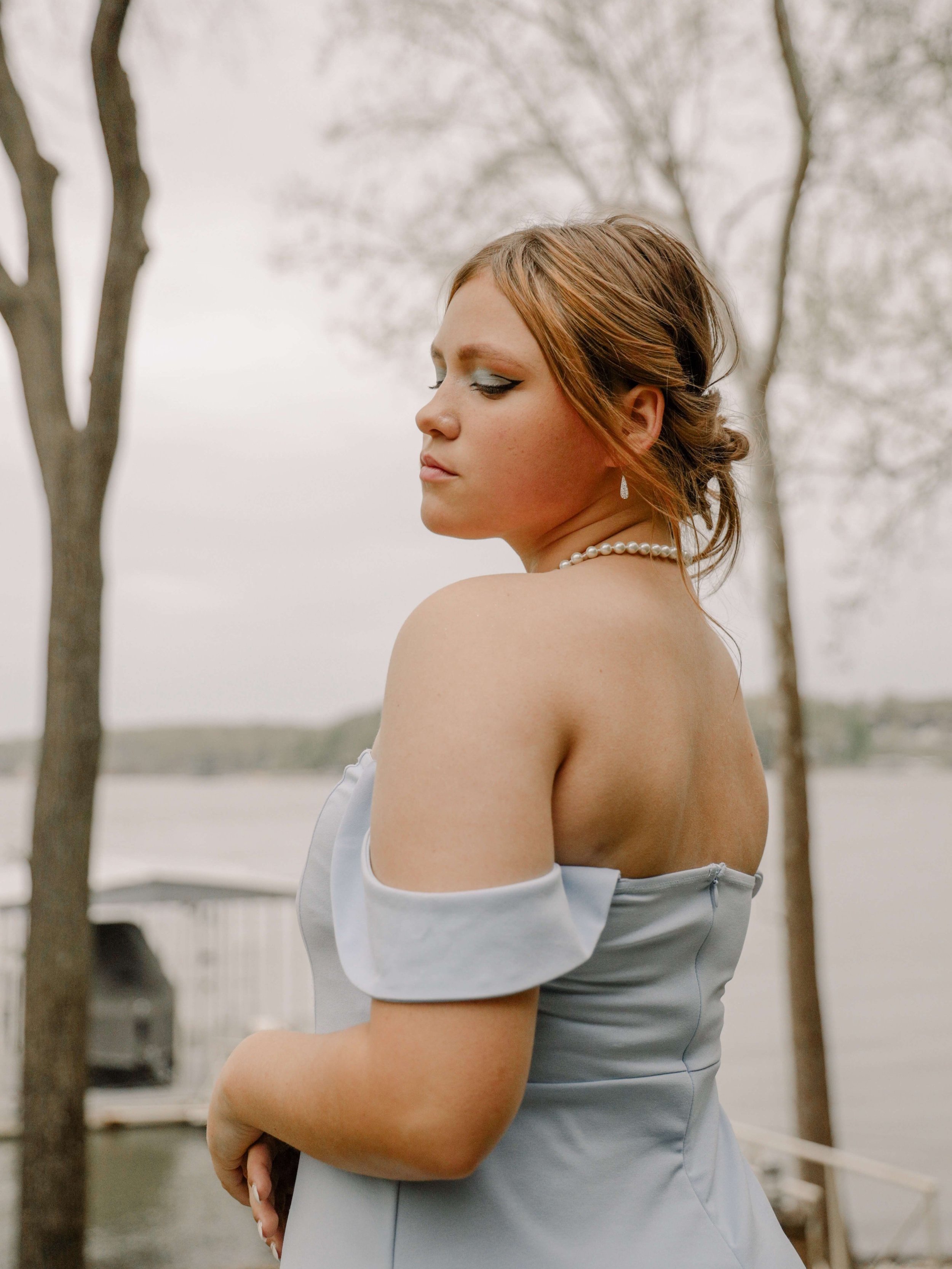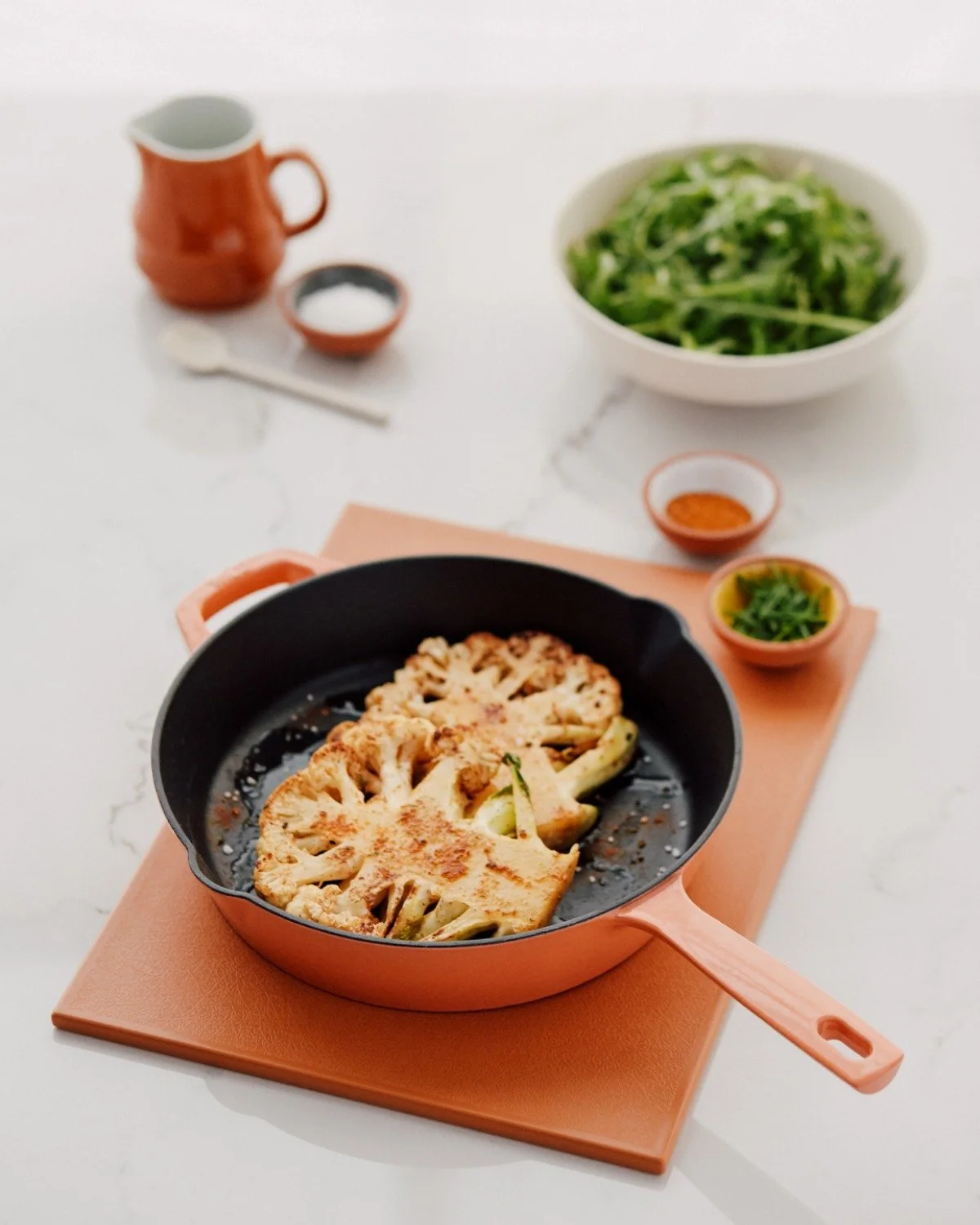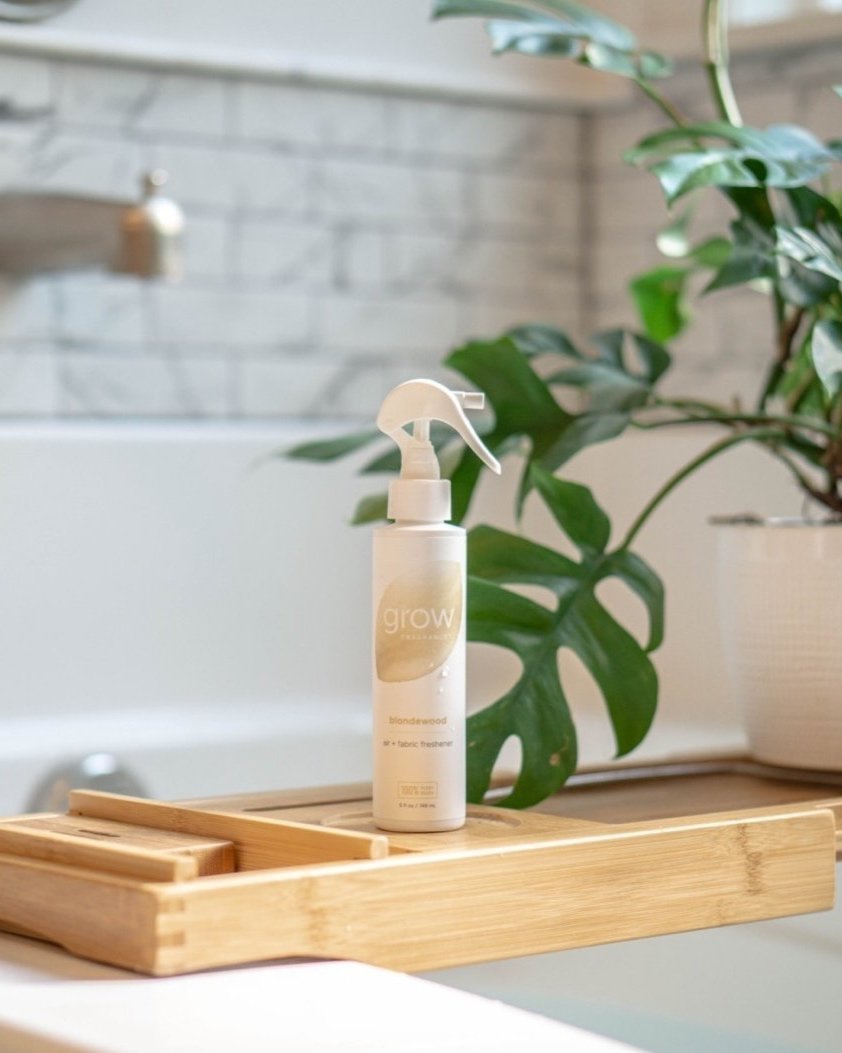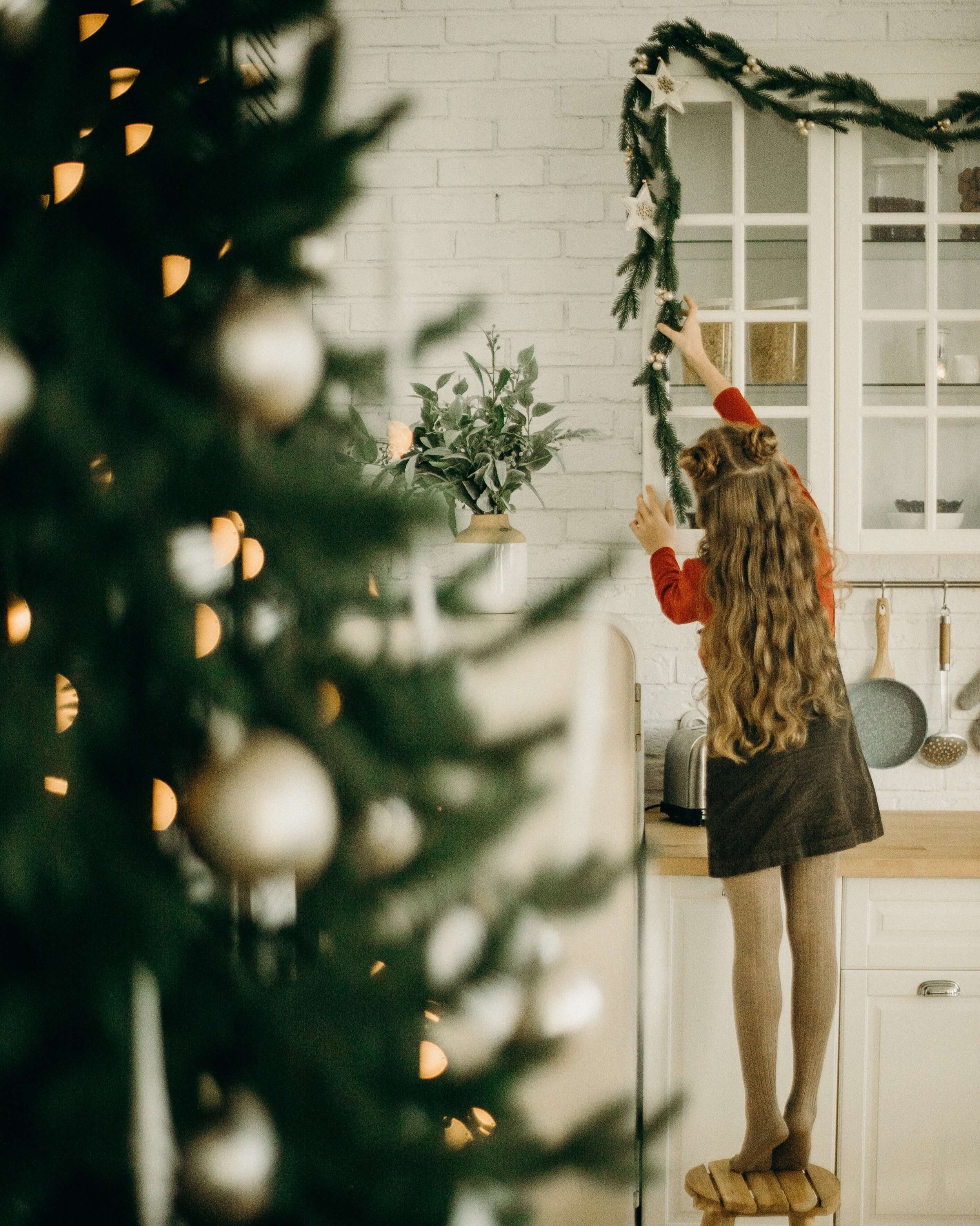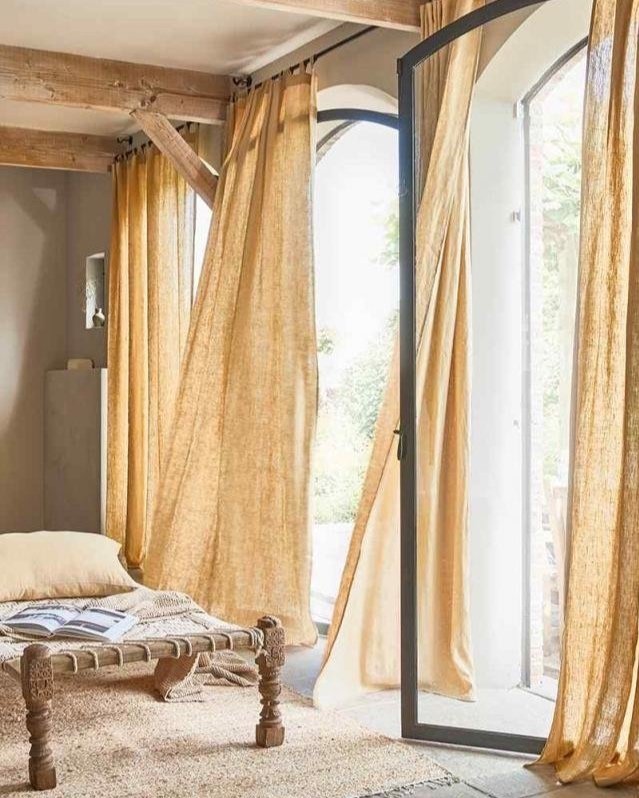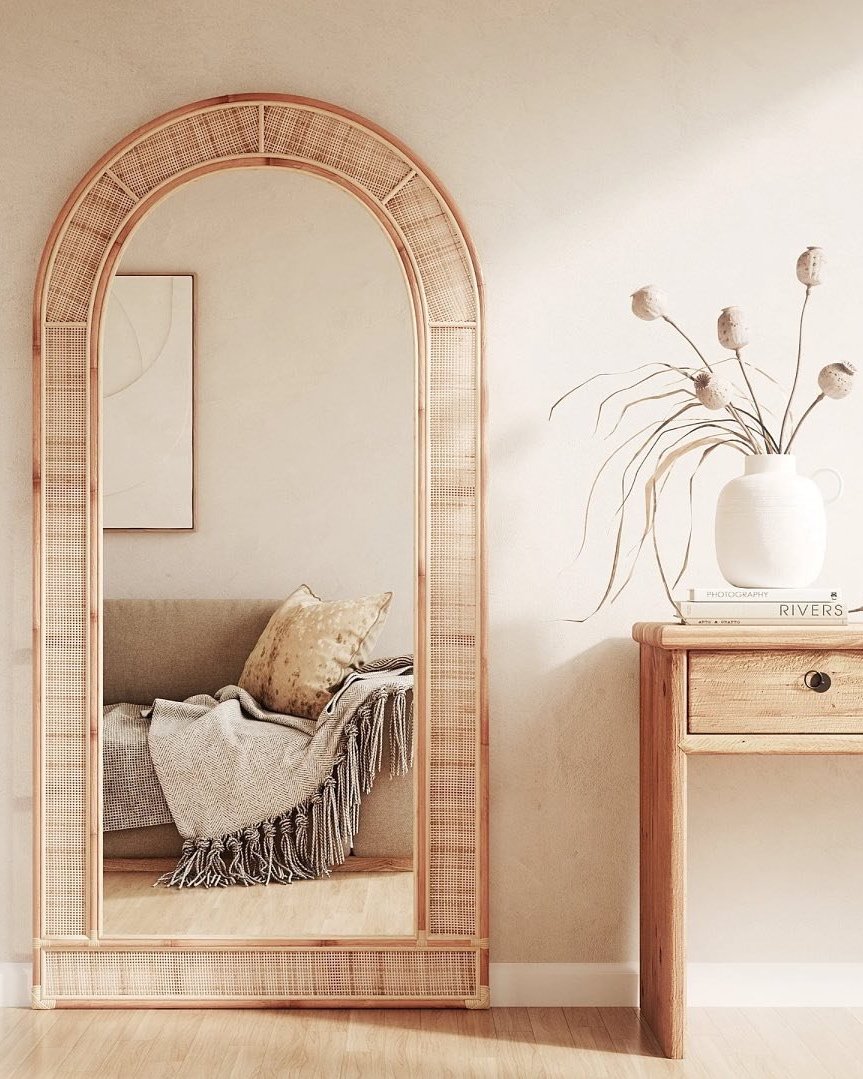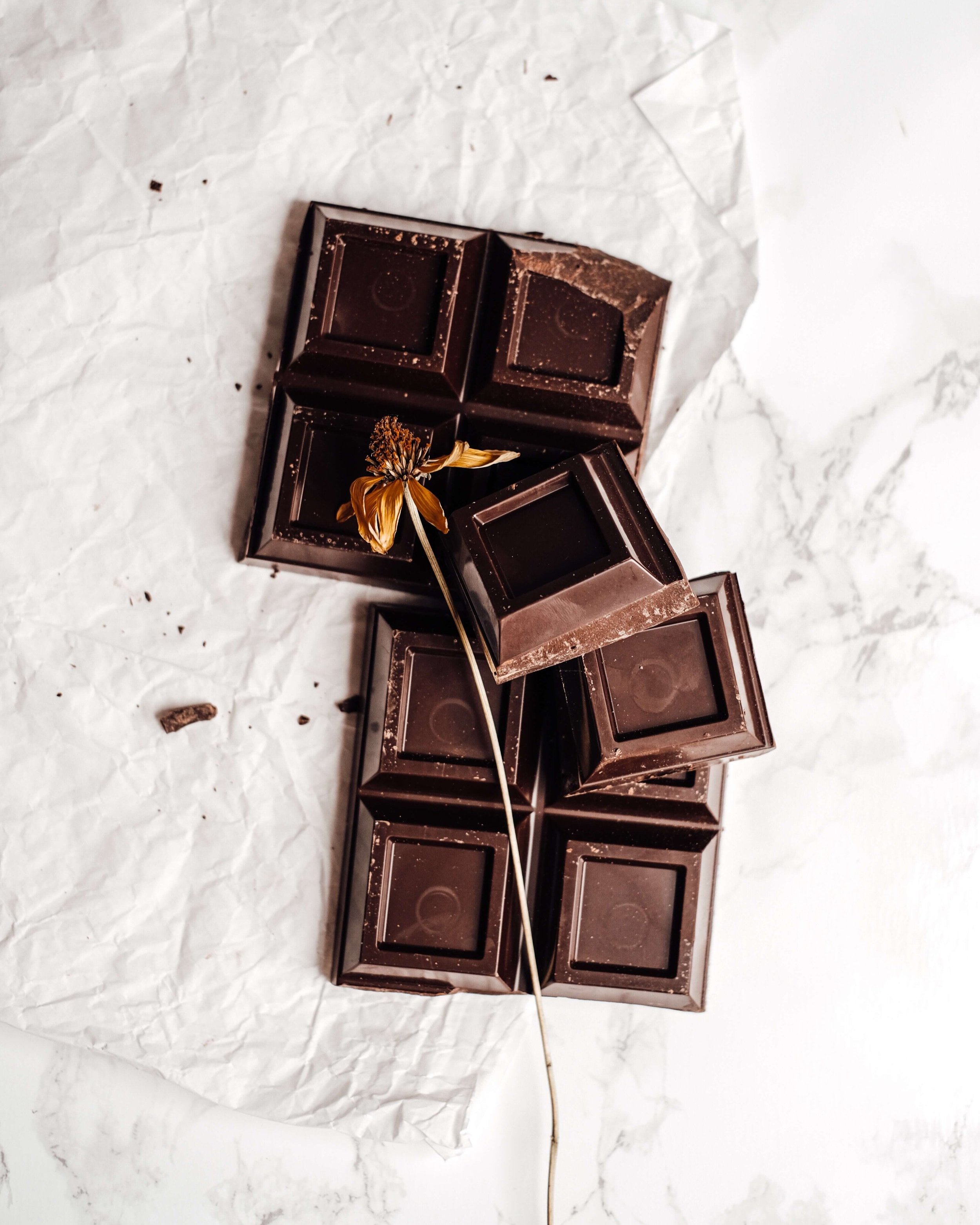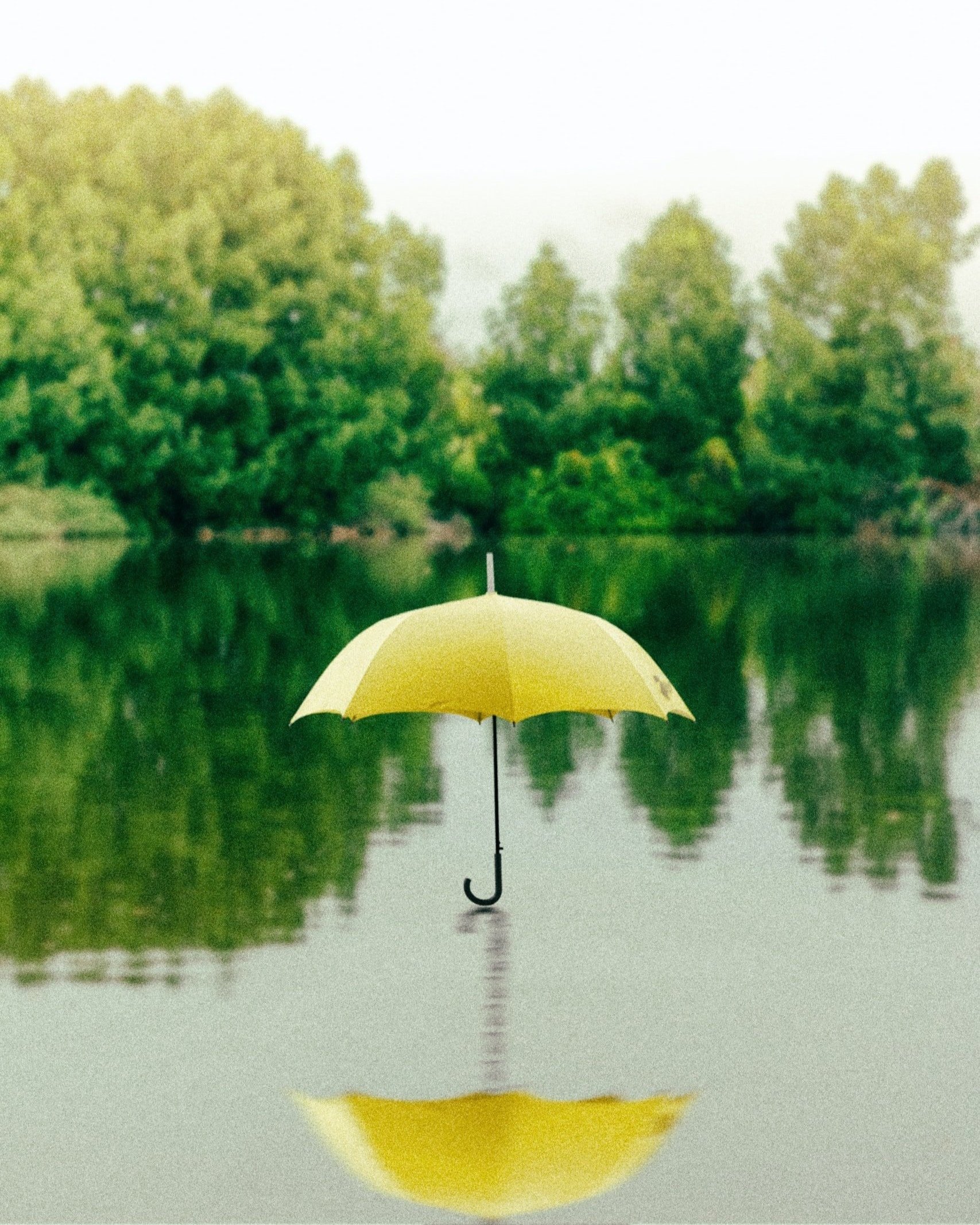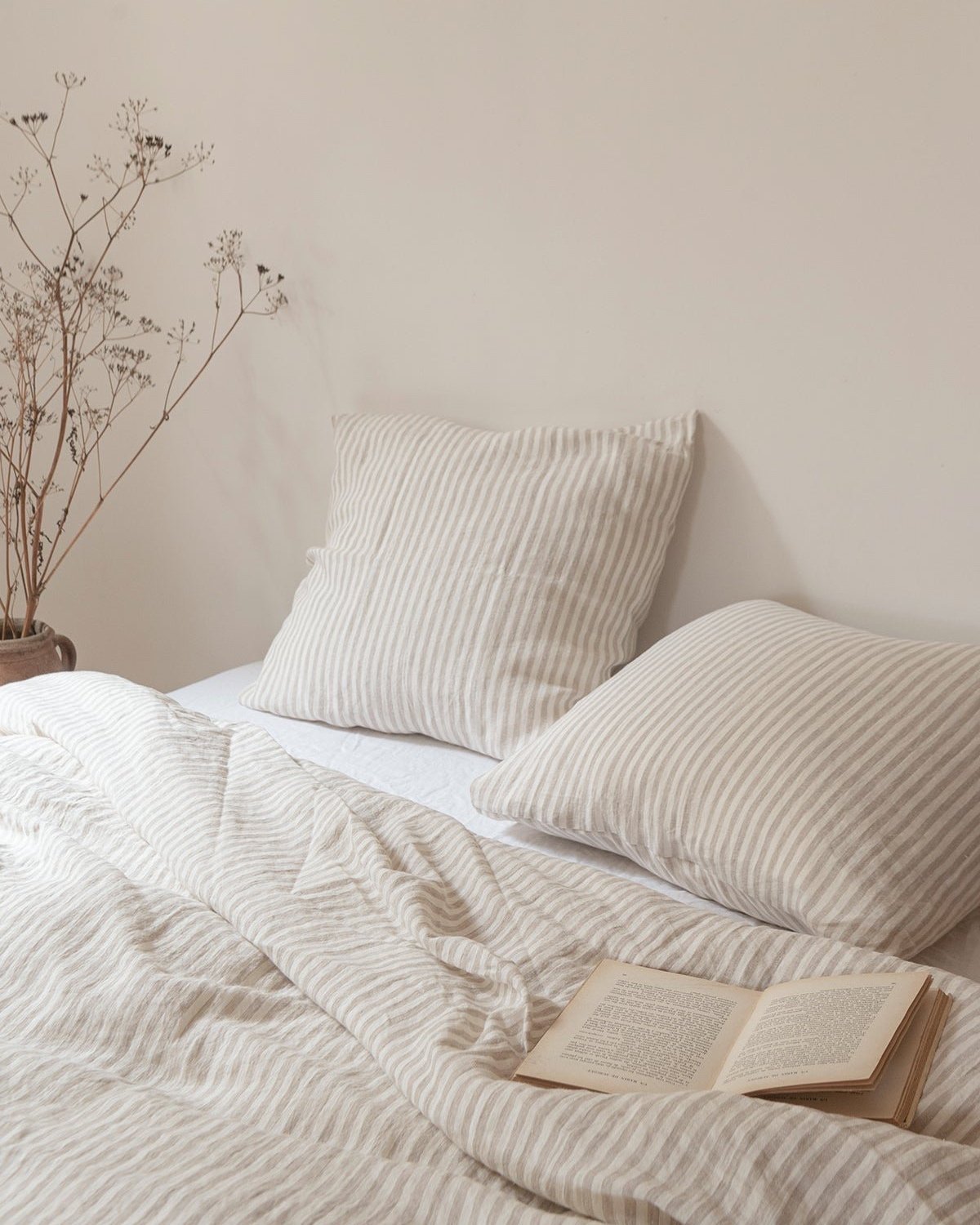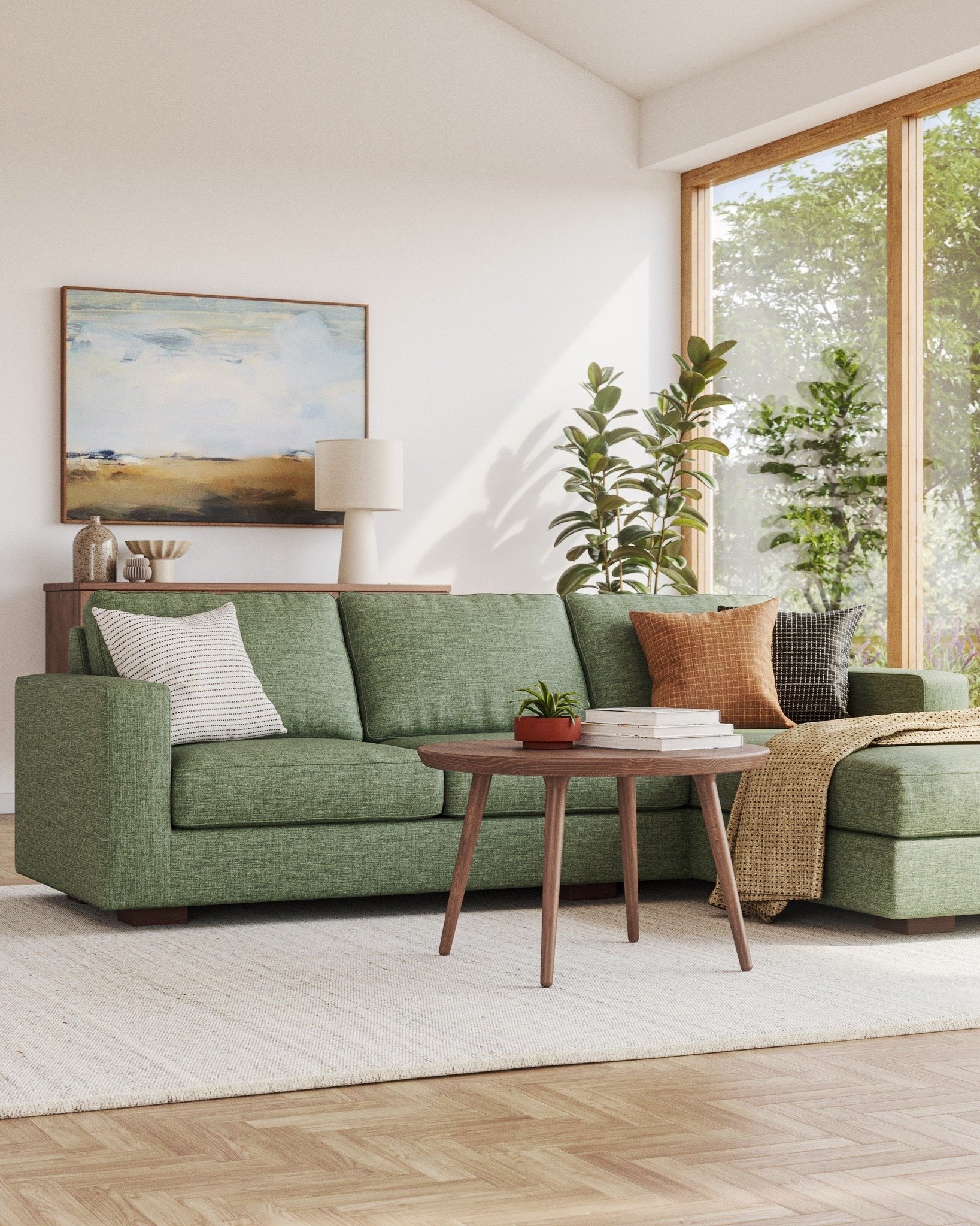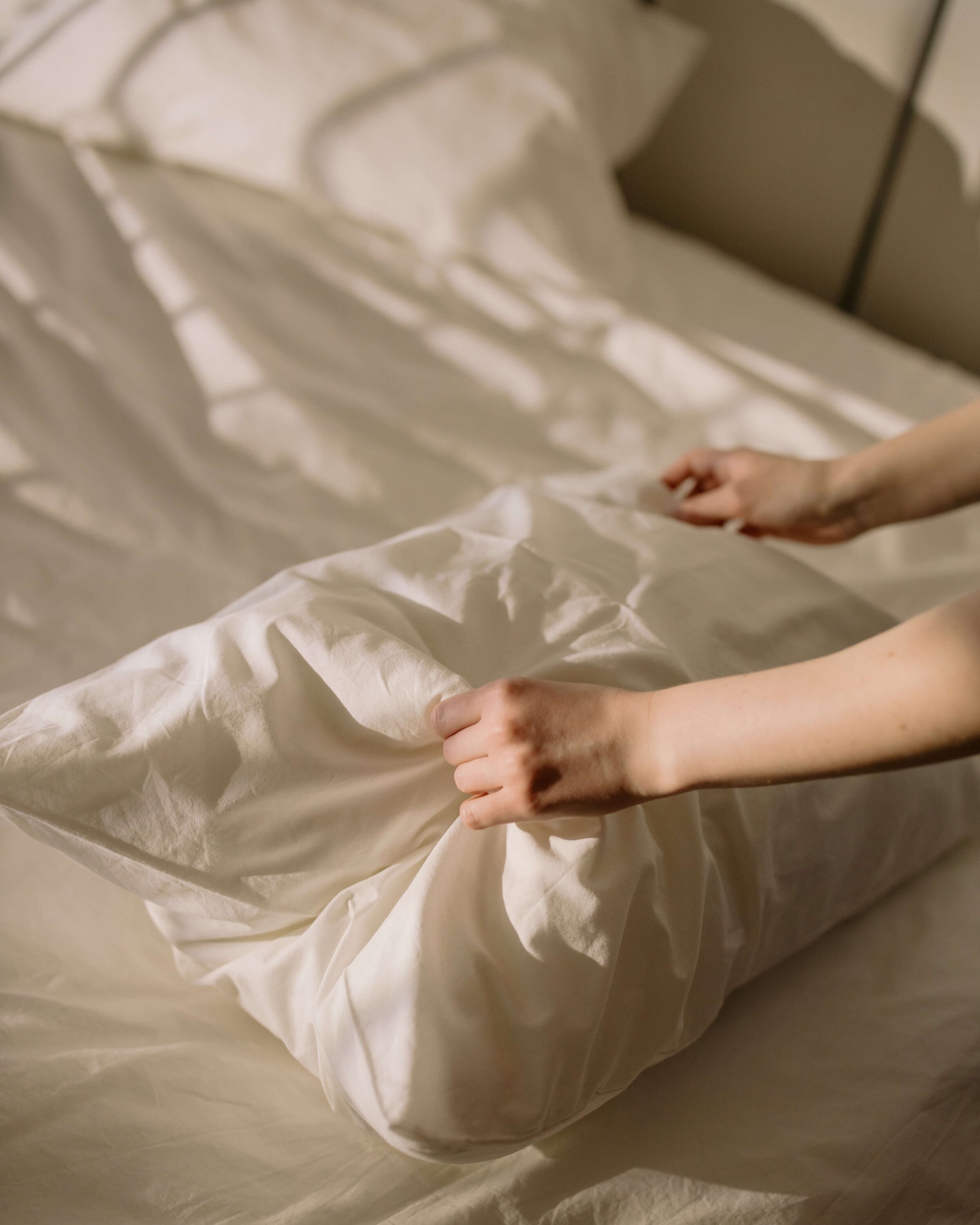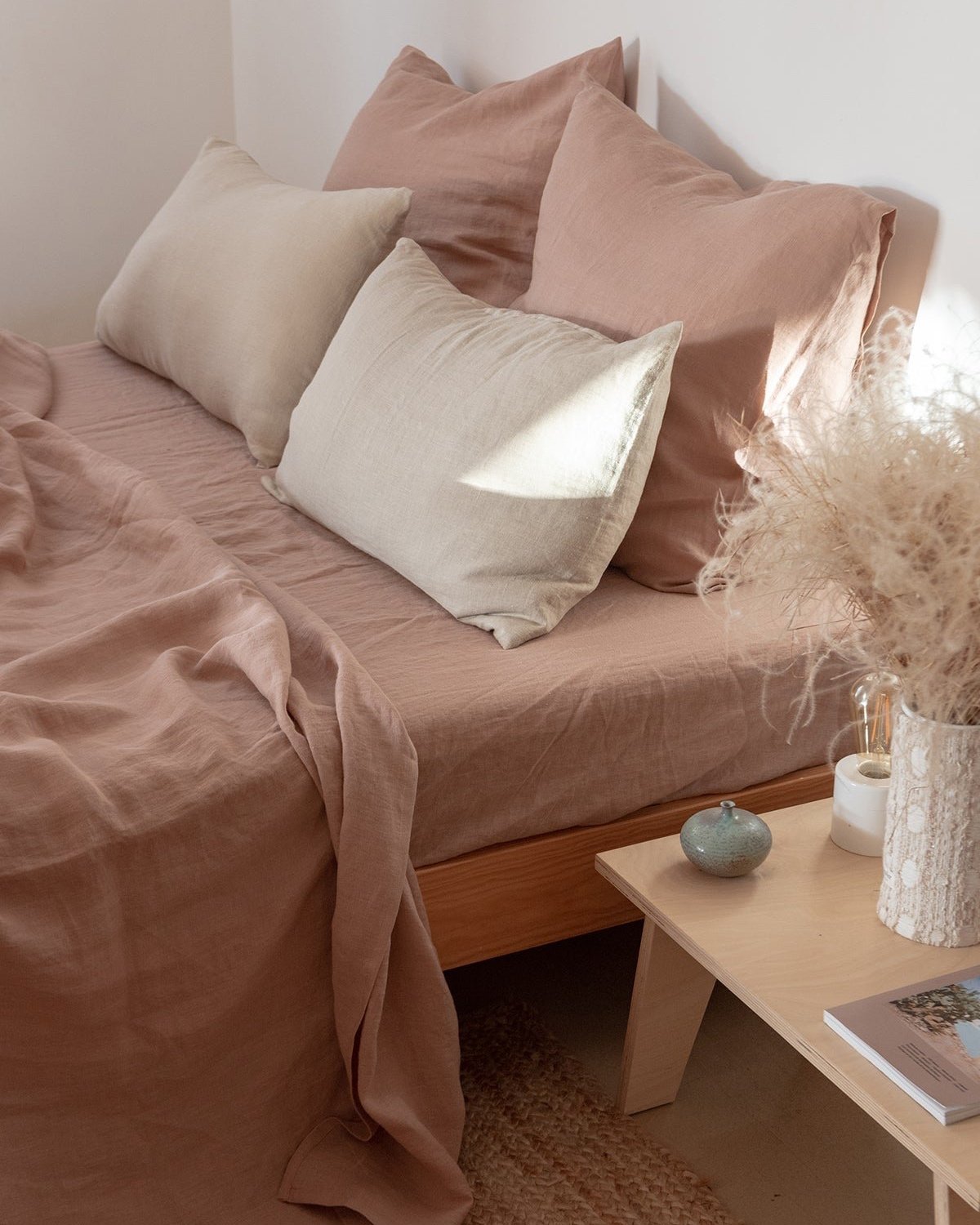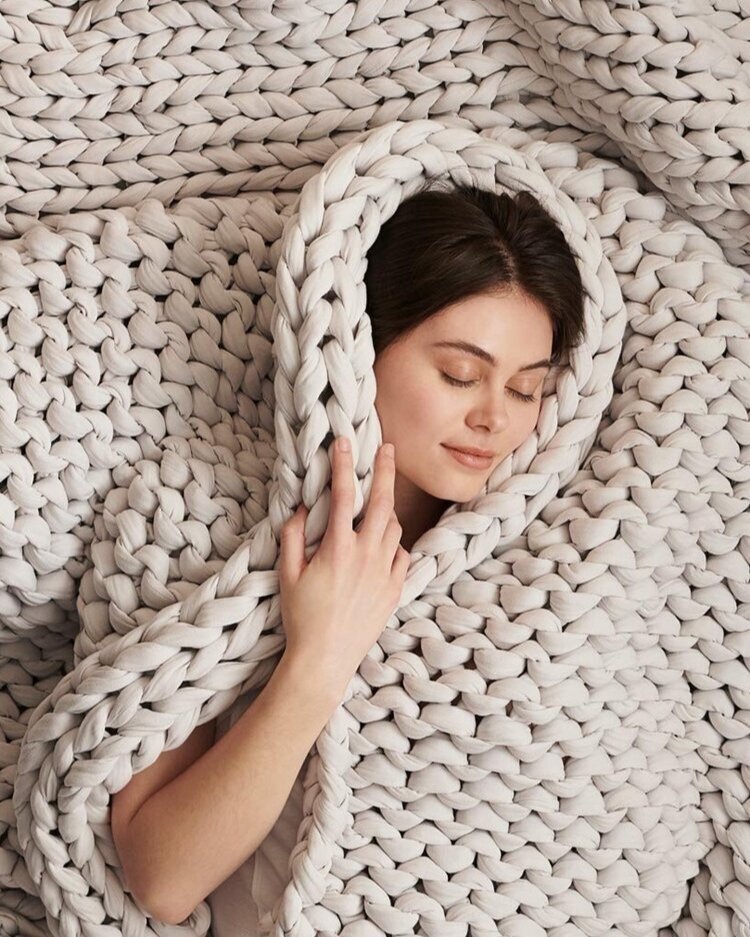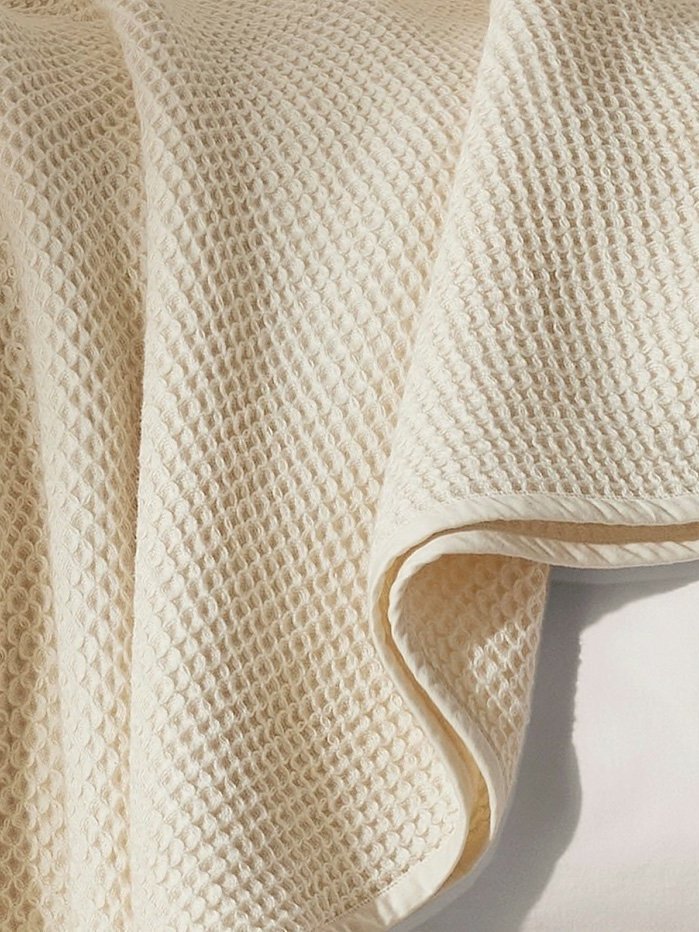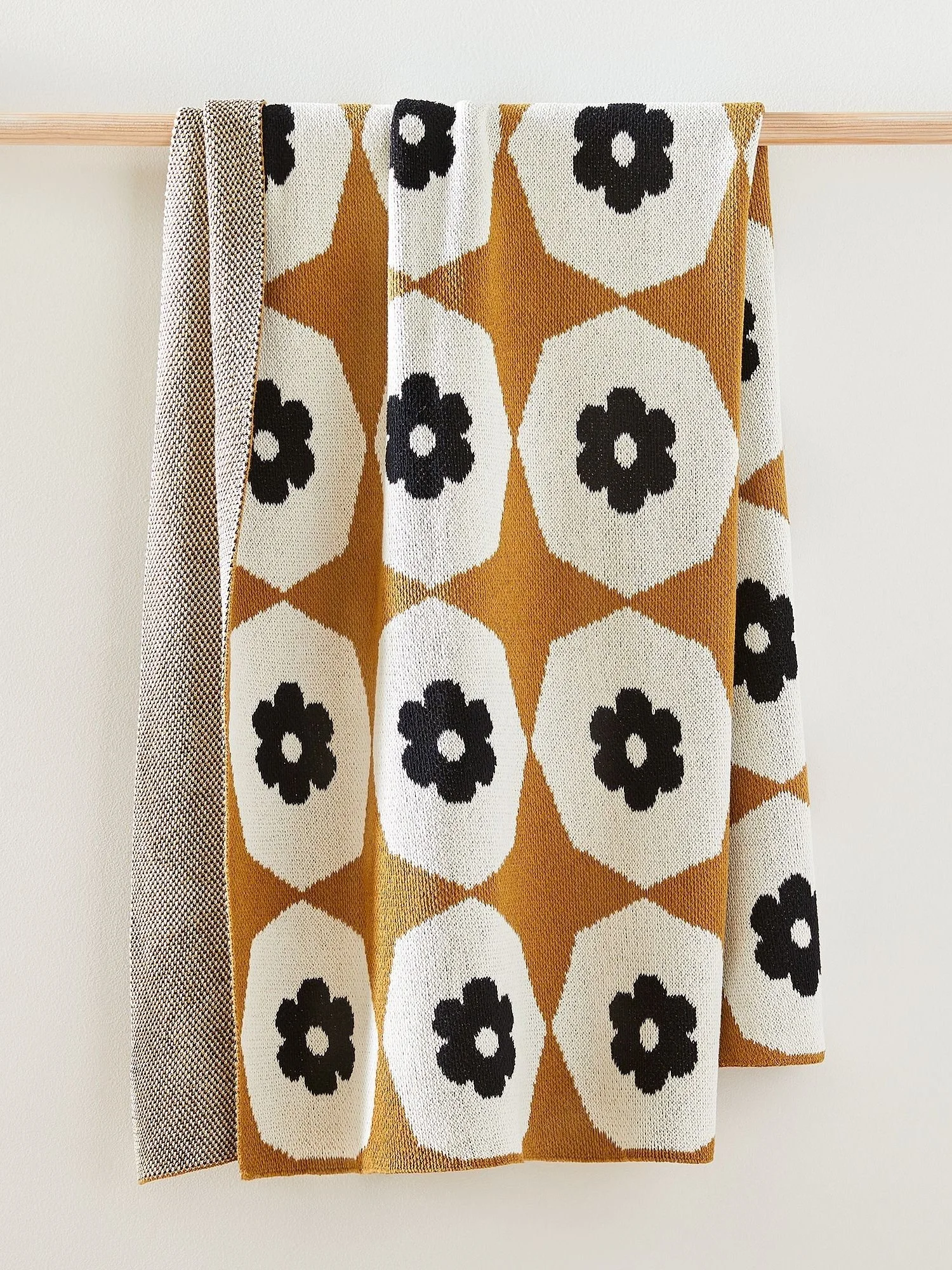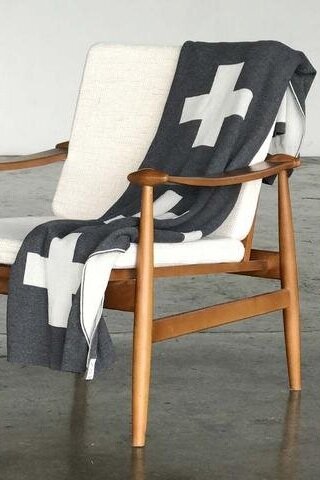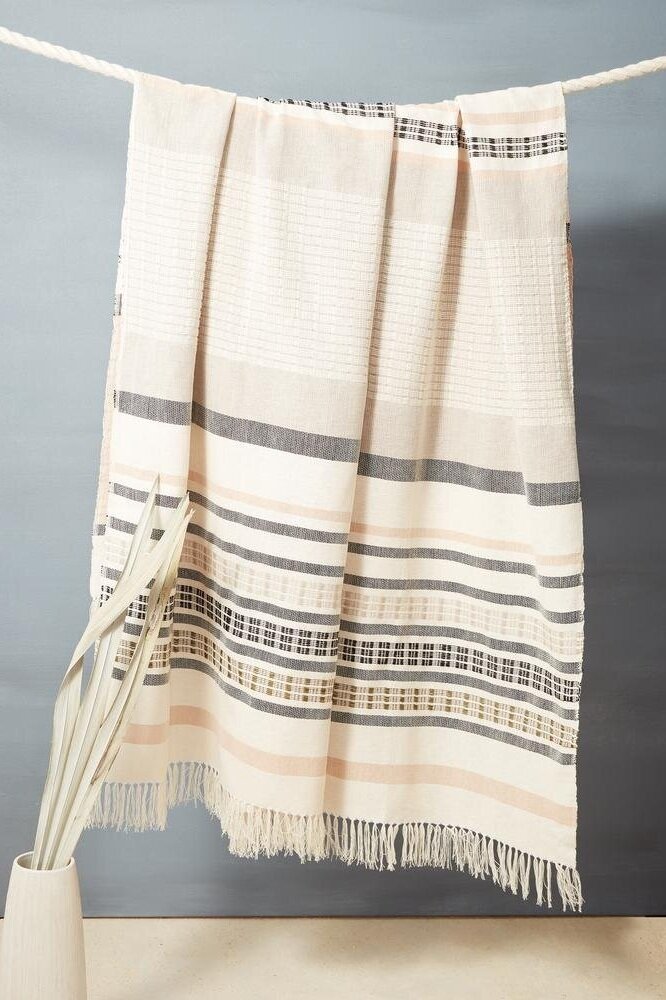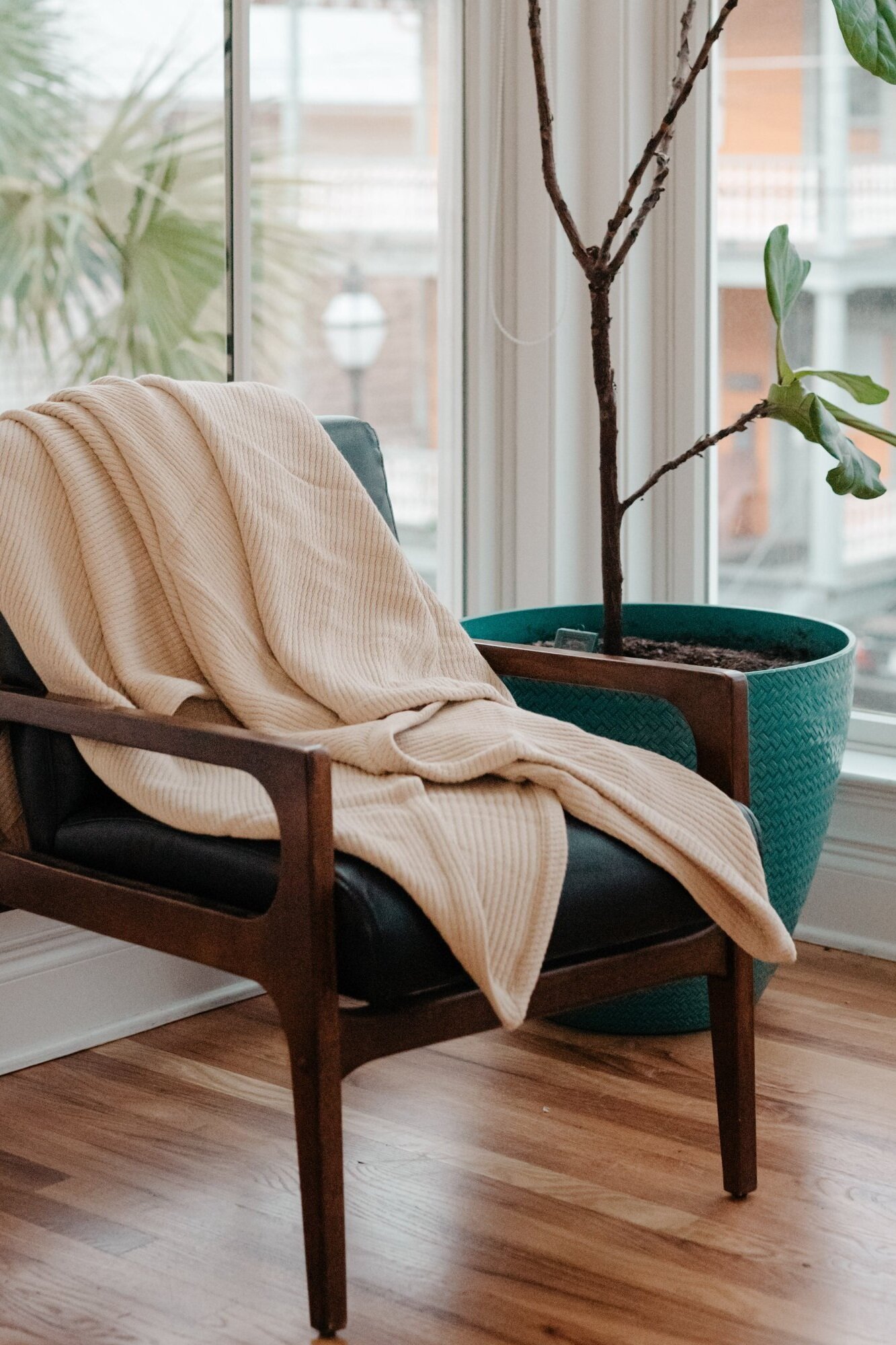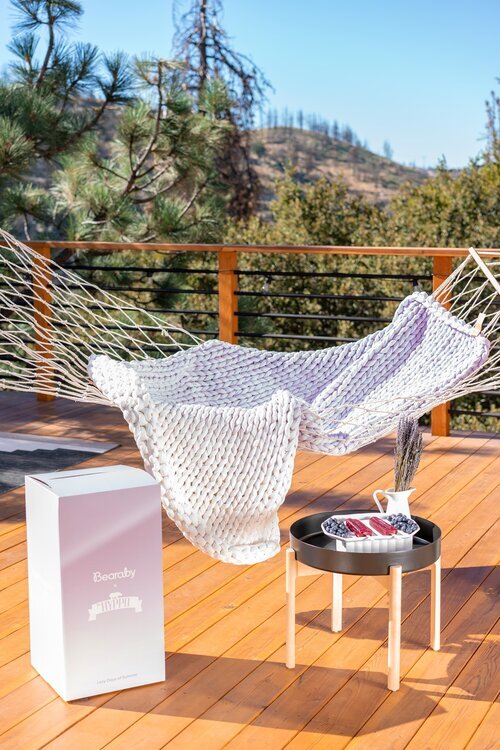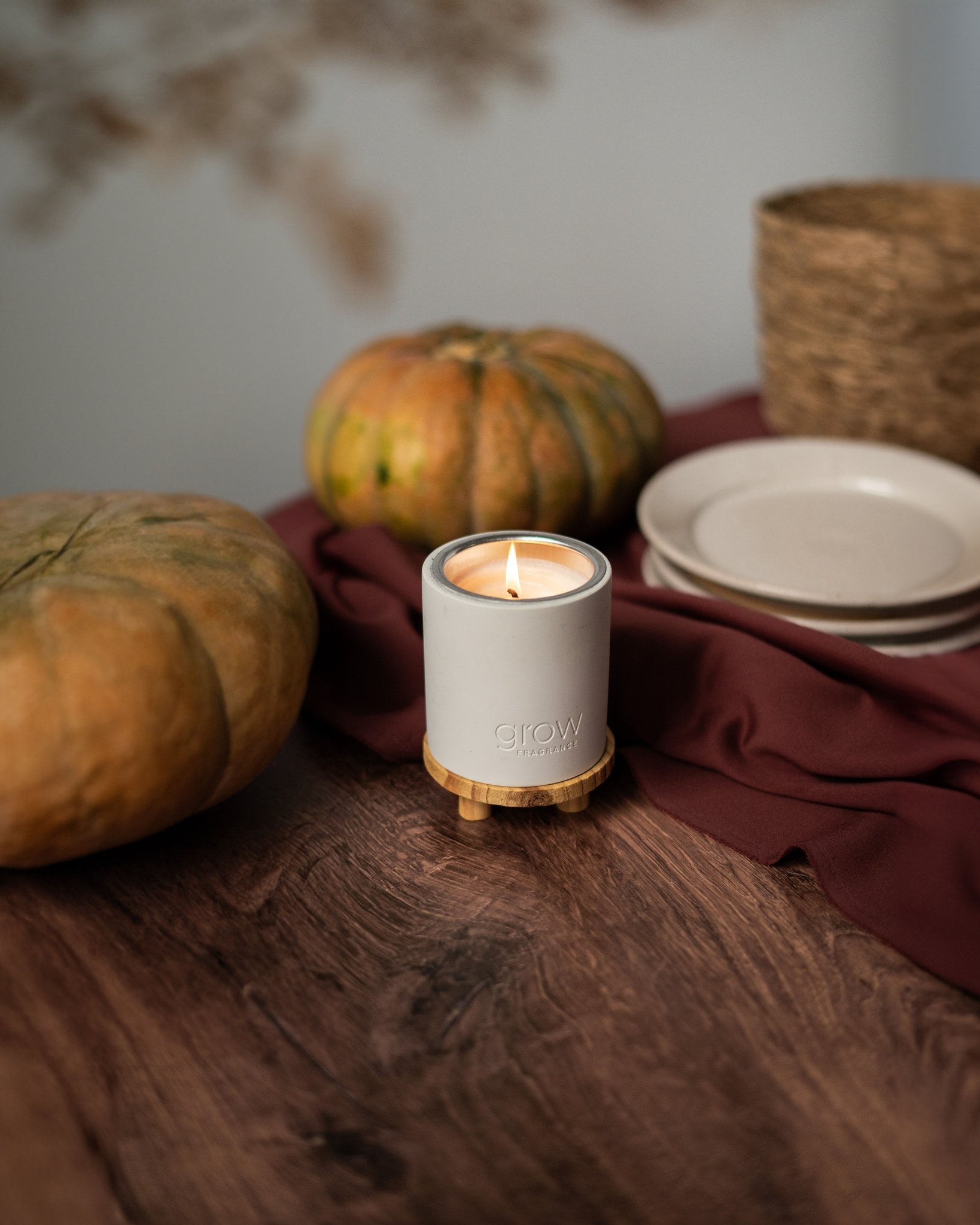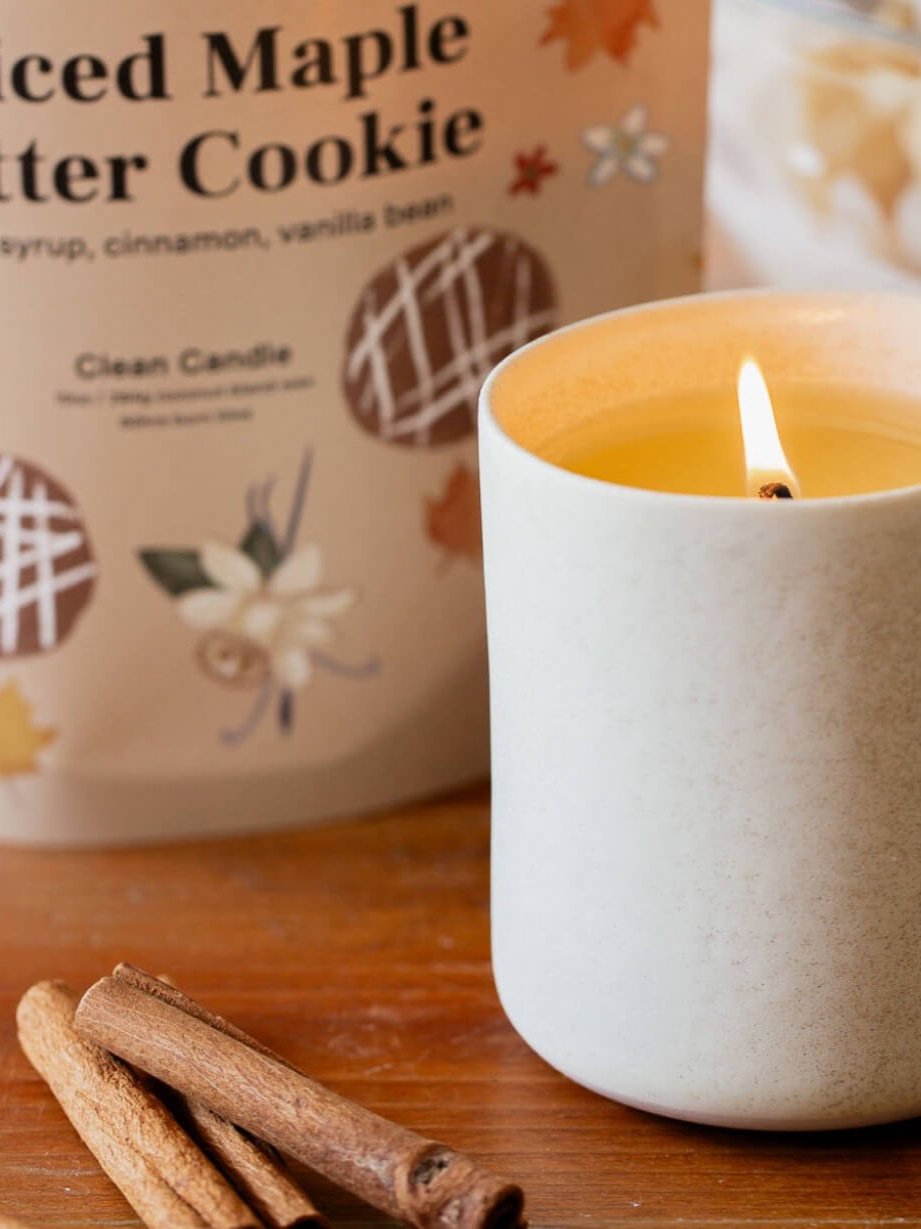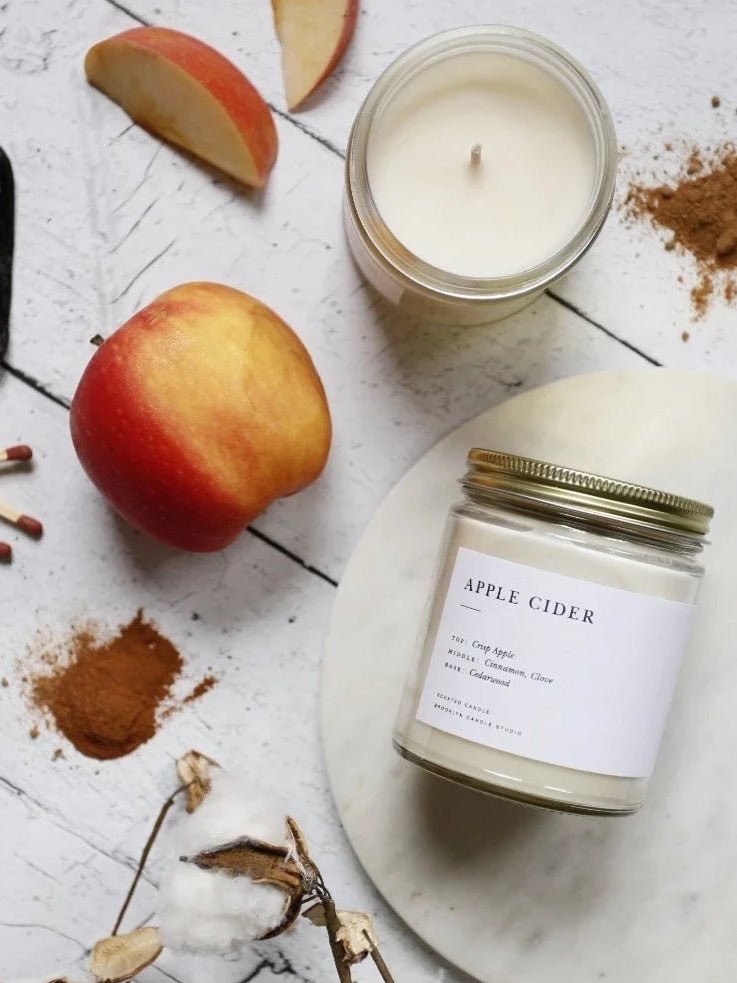image: Vivaia
Disclosure: Some of the links below are affiliated; we may earn a small commission if you click through and make a purchase. We only add brands & products we truly believe in.
Comfortable and Sustainable FLATS, LOAFERS & MULES For 2023
For as long as I can remember, I have always had a good pair of high-quality flats in my shoe collection. These are always very easy to wear with most outfits, whether we want to look more put together or casual.
Ballet flats, loafers and mules are also effortless to slip on and off, making them the perfect shoes for our daily activities.
However, it is nowadays difficult to find quality flats that are made to last. Those sold by fast fashion brands often wear down after a couple of months and quickly become yet another wasted pair of shoes that will sit in a landfill. Plus, they are usually produced under unethical conditions and made with unsustainable materials.
Fortunately, some brands are making things differently. These are brands that care about their workers and how their products impact the environment.
I have selected 12 of the most eco-friendly, sustainable flats, loafers and mules, so you can finally get your hands, or should I say your feet, on some high-quality shoes that do not harm the planet.
WHAT MAKES FLATS, LOAFERS AND MULES SUSTAINABLE?
One of the most important factors to take into account when shopping for flats, loafers, or mules is that they should be durable and built to last for many years.
Of course, make sure to pick shoes that you love, that fit you, and that are comfortable so that you will actually want to wear them.
The brand should also be transparent about where and how the shoes are produced, and make them using sustainable materials. Workers in the supply chain should be paid a fair, living wage and work in a safe environment.
WHAT ECO-FRIENDLY MATERIALS SHOULD YOU SEARCH FOR?
Sustainable flats, loafers and mules are usually made from natural or recycled materials, such as recycled plastic or plant-based fibers. Some brands also use apple leather produced from discarded apple peels, which is a great vegan alternative to leather.
If used for many years, vegetable-tanned leather sourced from tanneries certified by the Leather Working Group can also be a more eco-friendly material compared to many others. Leather is extremely durable and can last for decades if taken care of properly.
The soles can be made from recycled rubber, recycled plastic, and even from cork, algae, sugarcane, or other plant-based materials.
OUR TOP PICKS FOR HIGH-QUALITY, SUSTAINABLE FLATS, LOAFERS & MULES
1. Monica Mule
Brand: Able
Materials: Leather
Price: $128
A beautiful luxe mule, these classic shoes feature a pointed toe, gold-chain, and ultimate comfort. They will be sure to dress up any casual outfit!
ABLE believes in ending poverty; we must provide jobs for those lacking opportunity, particularly women. They also work with leather partners who have taken steps to minimize material waste and use a 100% recycled, closed-loop water system.
2. Emma d’Orsay Oxfords
Brand: Nisolo
Materials: Leather, Rubber
Price: $170
These Emma oxfords crafted by Nisolo are d’Orsay shoes that will make you look incredibly refined, chic, and put together.
Their timeless and versatile design is made to elevate any outfit!
Sold in four neutral colors, these are classic, convenient shoes to have as a fashion staple. They are easy to slip on, built to last, and can be worn all year round.
Nisolo’s oxfords feature waterproof leather uppers with an internal elastic stretch, stacked leather heels, slip-free rubber heel caps, and vegetable-tanned leather soles. They also have cushioned insoles with added shock absorption, as well as breathable leather-lined interiors.
All the leather used to make the Emma d’Orsay shoes comes from a tannery that is certified by the Leather Working Group.
Thanks to its numerous initiatives to reduce its environmental footprint, Nisolo has become a top-rated Certified B Corporation and is climate-neutral certified. It also received the highest score in Remake’s 2021 Accountability Report.
use code SUSTAINABLYCHIC20 for 20% off
3. The Lug Mule
Brand: Poppy Barley
Materials: LWG Leather
Price: $243
A chunky-soled mule is everything this fall and winter season.
We LOVE the beautiful cinnamon color (also in taupe, black & pearl).
These mules can be styled with many different outfits and look cute with socks!
Poppy Barley is a Canadian brand and B-Corporation founded by two sisters in Edmonton, AB. Their company is committed to rethinking every step to create sustainably made, fairly-priced products designed to be worn on repeat.
5. Vegan Women’s Slip-On Loafers
Brand: Will’s Vegan Store
Materials: Vegan Suede, Recycled Rubber
Price: $90-108
Will’s Vegan Store creates beautiful loafers that are ideal for everyday wear and special occasions. They have small 0.4-inch heels and grippy outsoles that are designed to last for a long time.
You can choose between three different models: a classic black one, as well as blue or black jacquard loafers with a lovely floral pattern.
These slip-on loafers are made from Italian vegan suede that received the Ecolabel certification and meets Oeko Tex Standard 100 and REACH regulations. The inside of the shoes is lined with soft vegan suede, and the insoles are produced from recycled rubber.
Made in Portugal, the loafers are certified carbon-neutral, and they are shipped to you in paper and cardboard packaging.
At the end of their life, you can send them back and Will’s Vegan Store will give them a new life by turning them into new outsoles and uppers.
6. Taylor Matte Jelly Ballet Flats
Brand: Oka-B
Materials: Soy-Based Materials, Recycled Materials
Price: $42
With its Taylor jelly flats, Oka-B proves that shoes do not have to be expensive to be sustainable and comfortable. Not only are these shoes very affordable, but they are also made with comfort and the planet in mind! They are classic ballet flats with a soft, matte finish, and they are designed for a wide range of foot shapes.
They provide arch support and feature soothing massage beads and a heel cup to improve stability and comfort.
Oka-B flats are made from a blend of scrap materials, used shoes, and the brand’s proprietary bio-based material produced from 45% US-grown soy. The material is waterproof, flexible, and slip-resistant.
The Taylor jelly flats are made-to-order in Oka-B’s family-owned factory located in Georgia, USA. When you are done with them, you can send them back and the company will make sure they get recycled.
7. Margot 2.0 Square-Toe V-Cut Flats
Brand: Vivaia
Materials: Recycled Plastic, Hemp, Rubber
Price: $97-139
The Margot 2.0 flats sold by Vivaia are the perfect everyday shoes you can wear at work, to run errands, or to walk in the park. Designed in more than ten colors, they are breathable and very practical as you can put them in your washing machine when they get dirty.
They are also extremely flexible, meaning that they can easily fit in your handbag.
Vivaia’s flats are produced from six plastic water bottles that were saved from the ocean, and the slip-resistant outsole is made of natural rubber.
The flats’ insoles contain Artemisia Argyi, a plant that helps inhibit bacterial growth and keep your feet fresh even in the heat and humidity.
With its arch support and cushioning, walking with the Margot 2.0 feels like wearing sneakers, and its heel padding prevents you from having blisters!
We also love that the brand ships them in packaging made of 100% recycled cardboard.
8. The Point
Brand: Rothy’s
Materials: Recycled Plastic
Price: $145
The Point flats are slip-ons that you can wear year-round to elevate your outfits. These are versatile pointed-toe flats that are so comfortable that you will not even have to break them in! They feature a soft, flexible knit made from the brand’s signature thread, spun from 11 recycled plastic bottles.
Each shoe also has durable outsoles, comfortable insoles, and a V-shaped vamp.
Rothy’s offers them in 28 colors, including a few bold colors and several unique patterns that will make them stand out from the other pairs of flats you may have. The back of each shoe also has the brand’s signature blue halo.
The Point flats are fully machine washable whenever they need a refresh, so you will be able to keep them for a long time.
Rothy’s makes its shoes using an innovative knitting technique that helps avoid the 30% of material waste usually generated in traditional “cut and sew” production!
9. Black Apple Leather House Mules
Brand: Dooeys
Materials: Apple Leather, Recycled Plastic, Latex, Cork, Sugarcane
Price: $142
These house mules, crafted by Dooeys and sold on Made Trade’s website, are comfy slippers that are easy to slip on and off during the day when you are at home.
Very stylish, they can be dressed up or dressed down, and their cushioned insoles provide the support you need for your daily activities.
Dooeys’ house mules are made from natural, plant-based, and recycled materials. They feature a vegan apple leather upper, sugarcane soles, a recycled plastic lining, and footbeds made of cork and natural latex.
The mules are crafted in an ethical workshop based in Portugal, and they are made in small batches to prevent unnecessary waste.
Buying mules from Dooeys means that you are supporting a woman-owned company that regularly gives back to environmental organizations and offsets its carbon emissions from shipping.
Made Trade is also climate-neutral certified, so you can feel good about your purchase!
use code SUSTAINABLYCHIC10 for 10% off
10. The Vicky
Brand: Veerah
Materials: Apple Leather, Organic Cotton, Algae Foam
Price: $228
These chic flats, crafted by sustainable footwear brand Veerah, have an asymmetric cut and a pointed-toe silhouette, making them very elegant and a staple piece for your wardrobe.
Designed for walking, they provide sneaker-like comfort, so you can easily wear them all day long.
The Vicky flats are ethically crafted from apple leather, a USDA-certified bio-based leather made from upcycled apple peels. Available in brown, red, black, or metallic gold, they are colored using non-toxic, organic pigments.
Veerah’s flats also feature an organic cotton sock lining and impact-absorbing insoles made of algae biomass. Since algae blooms can be very harmful to aquatic ecosystems, using them to create these flats helps save 11 gallons of filtered water and keep eight balloons of CO2 out of the atmosphere!
The Vicky flats are 100% cruelty-free and vegan, and as a public benefit corporation, Veerah regularly donates at least 1% of its revenue to social impact causes.
11. Black Ballet Flats With Black Velvet Marie Straps
Brand: Alterre
Materials: Recycled Plastic, Leather, Rubber
Price: $225
With their comfortable low heels, these black ballet flats sold by Alterre will make you look very elegant while keeping your feet happy. If you want a more unique style, you can customize them with the black velvet straps they come with, so you can wear them in two different ways!
Produced in Brazil, Alterre’s flats are made of chrome-free leather and have durable rubber soles and cushioned midsoles that provide all-day comfort.
The brand reduces its leather and plastic waste by using a laser cutter to make its shoes and by crafting all of its heels from recycled plastic.
Striving to reduce its environmental footprint as much as possible, Alterre also sources its leathers and other materials locally and works with suppliers certified by the Leather Working Group.
The company has even been awarded the Butterfly Mark from Positive Luxury for its commitment to sustainability, and it donates 5% of its profits to Restore NYC to help them fight sex trafficking.
12). Uchi Flats in Tannat
Brand: ZOU XOU
Materials: Leather, Rubber
Price: $290
Ethical footwear brand ZOU XOU designed brown, square-toe flats that can be worn year-round with multiple outfit combinations. Whether you choose to pair them with a feminine dress or classic trousers with a button-down shirt, you will always look amazing in them! The Uchi flats are made of deep burgundy glazed leather and feature a faux tortoise shell buckle that adds personality to the whole shoe.
They have rubber outsoles, leather midsoles and stacked heels, and an interior lining made from vegetable-tanned leather. All these materials are selected for their durability to make sure the Uchi flats are designed to last for many years.
ZOU XOU’s shoes are handmade in Argentina using old-school techniques, and they are produced on-demand or in small batches to avoid overproduction and waste. Most of the leathers the brand uses are sourced from tanneries specialized in vegetable tanning or certified by the Leather Working Group.
ZOU XOU also has an incredibly ethical business model in which the artisans establish their own wages and work in healthy, safe environments.
About the Author
Eva Astoul is a French freelance writer, specializing in content related to sustainability, simple living, and a growth-focused healthy lifestyle. She runs her own blog, Green With Less, to inspire people to live a more minimalist and sustainable life.
MAKE SURE TO PIN THE PHOTO BELOW TO SAVE THIS POST FOR LATER!
WANT MORE SUSTAINABLE BRANDS? VISIT OUR BRAND DIRECTORY!
Our Brand Directory is home to hundreds of sustainable brands, from makeup to cleaning supplies, from underwear to shoes. We have broken everything down by category for easy shopping, along with discount codes unique to Sustainably Chic viewers.


